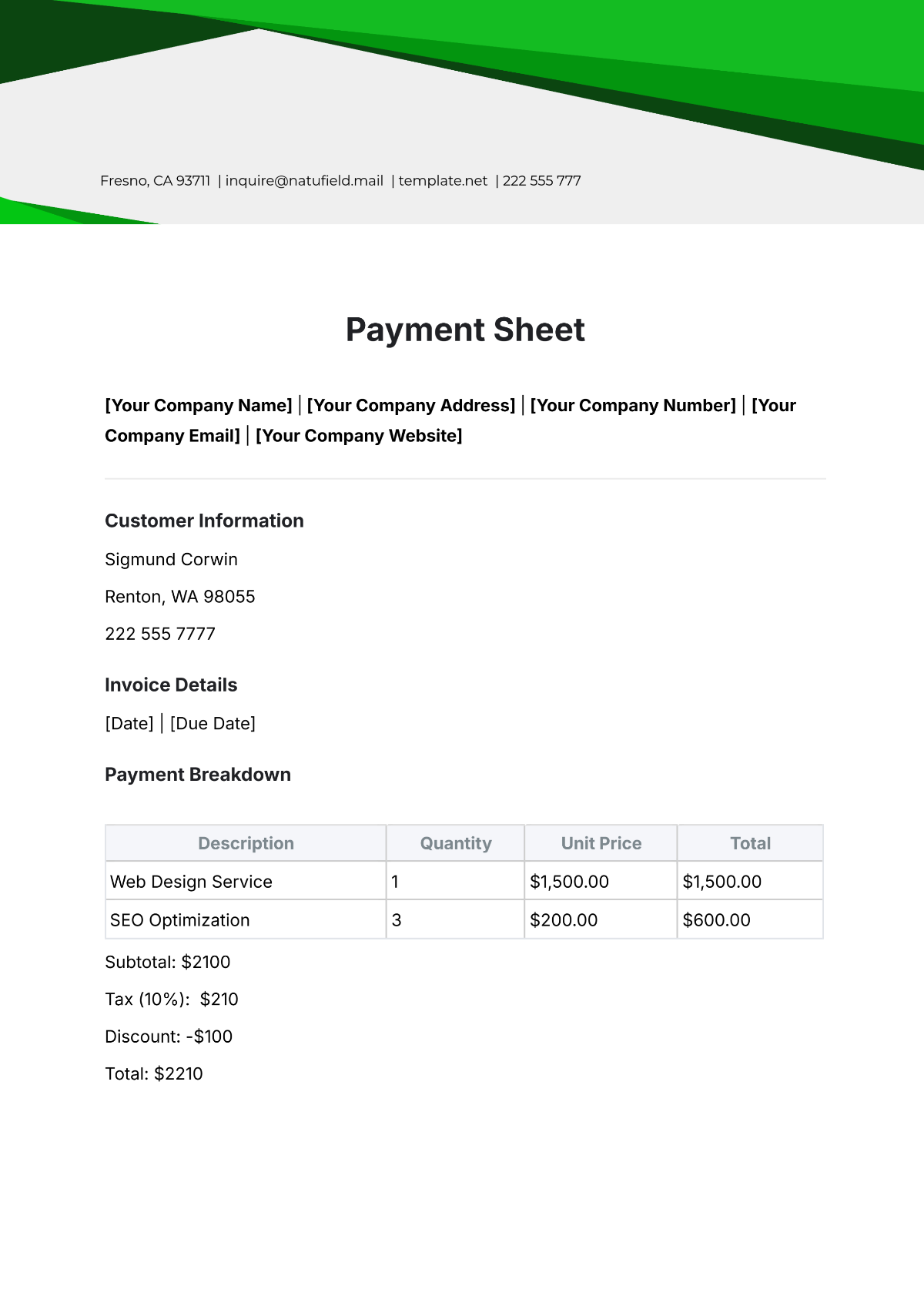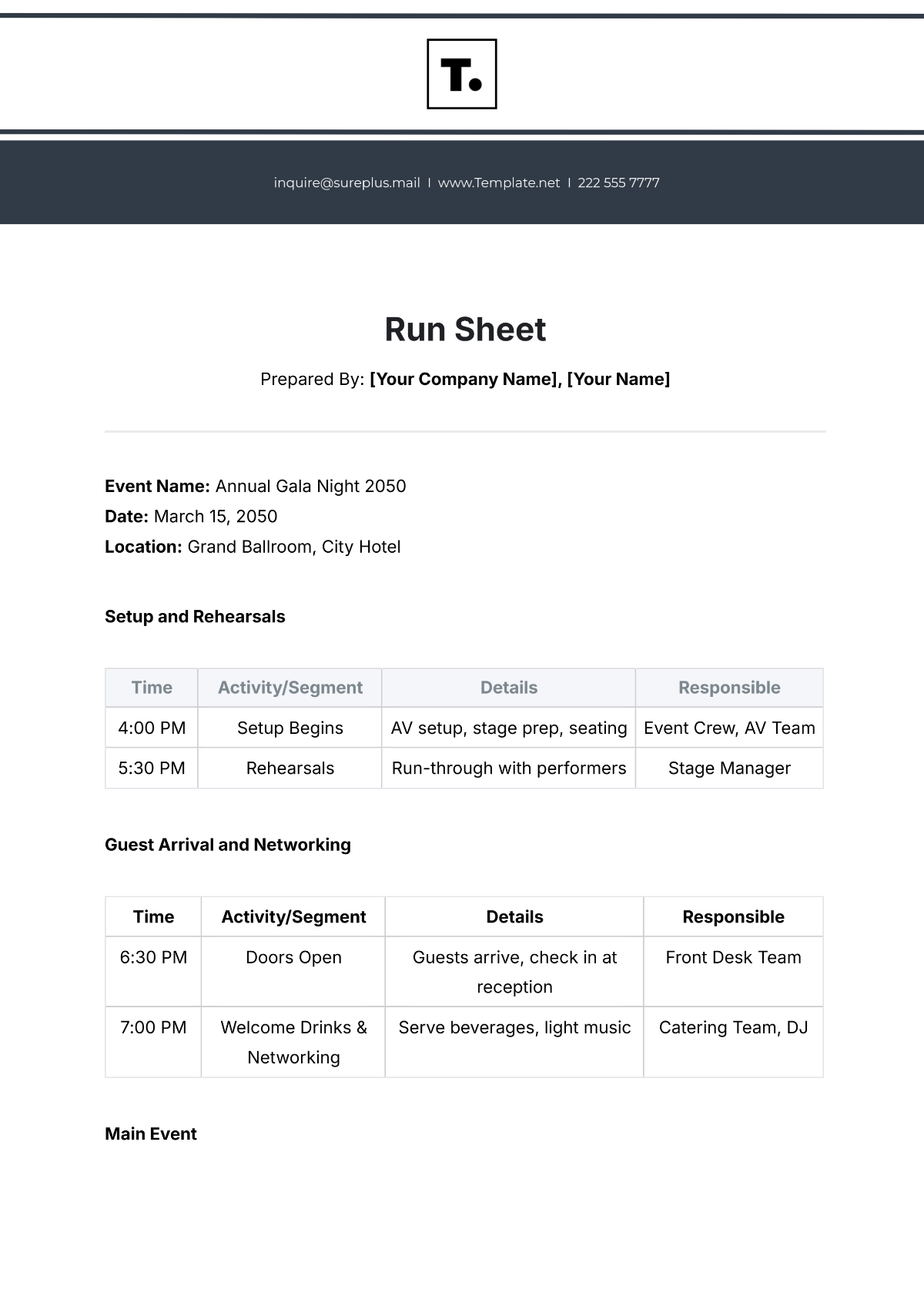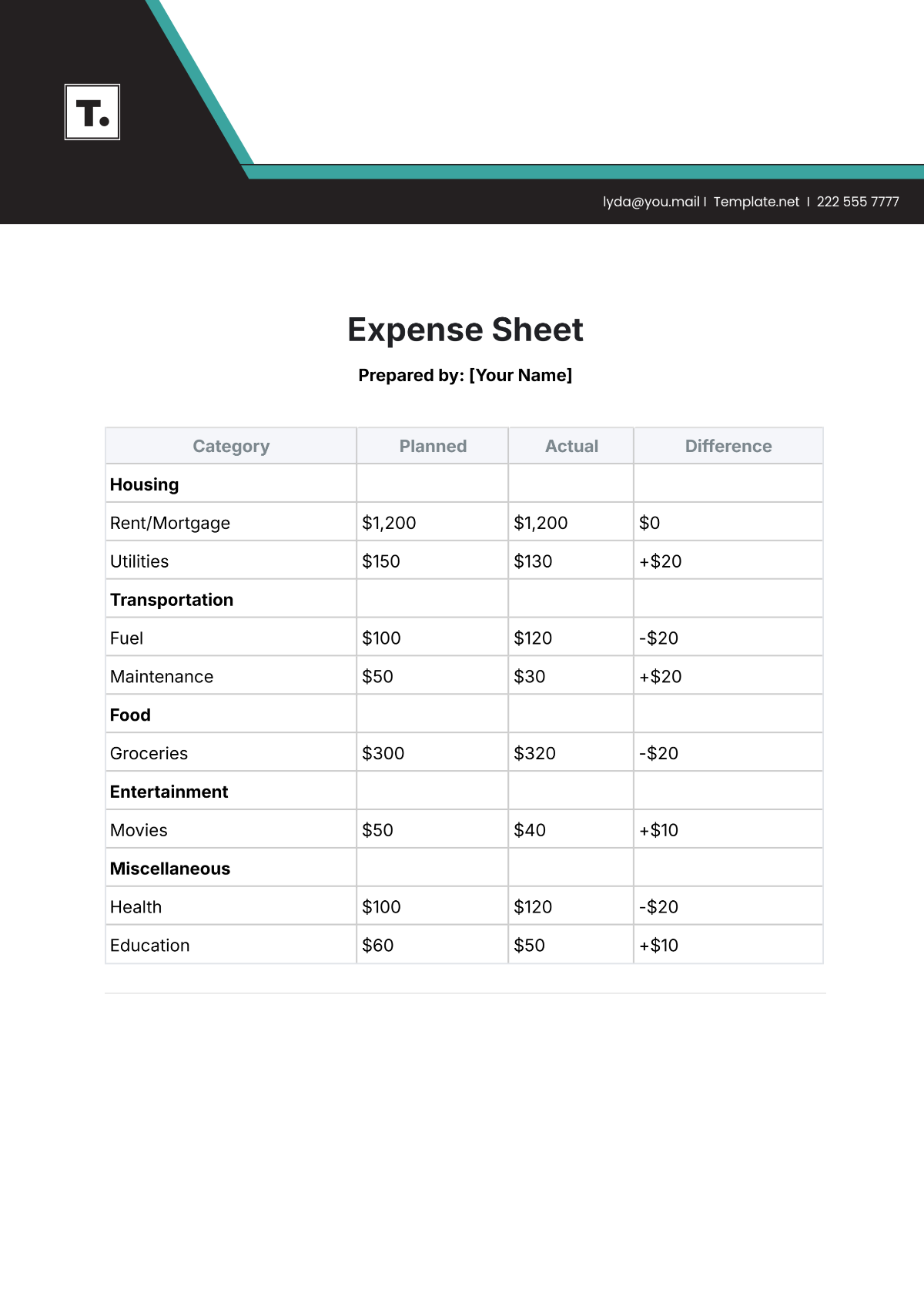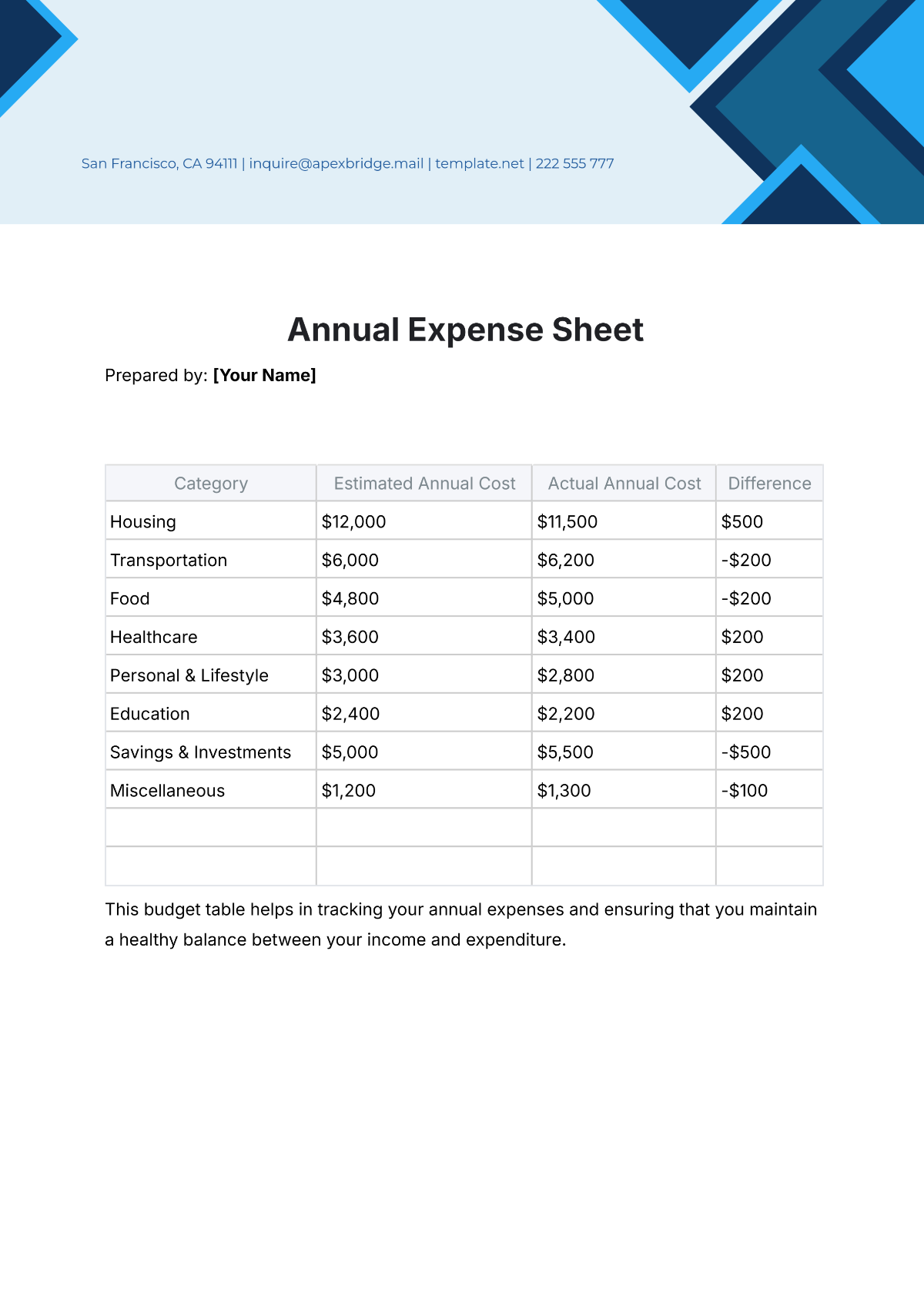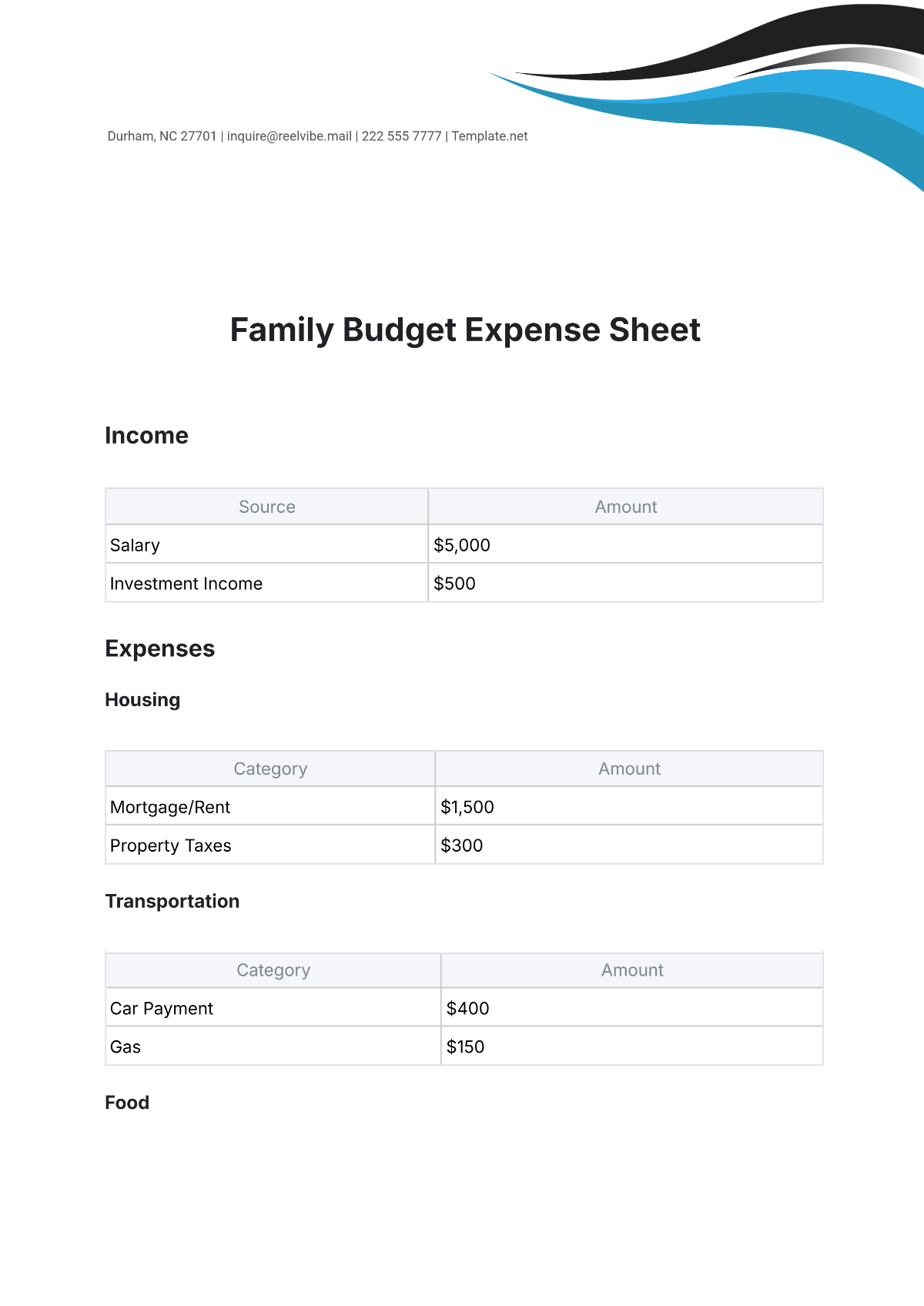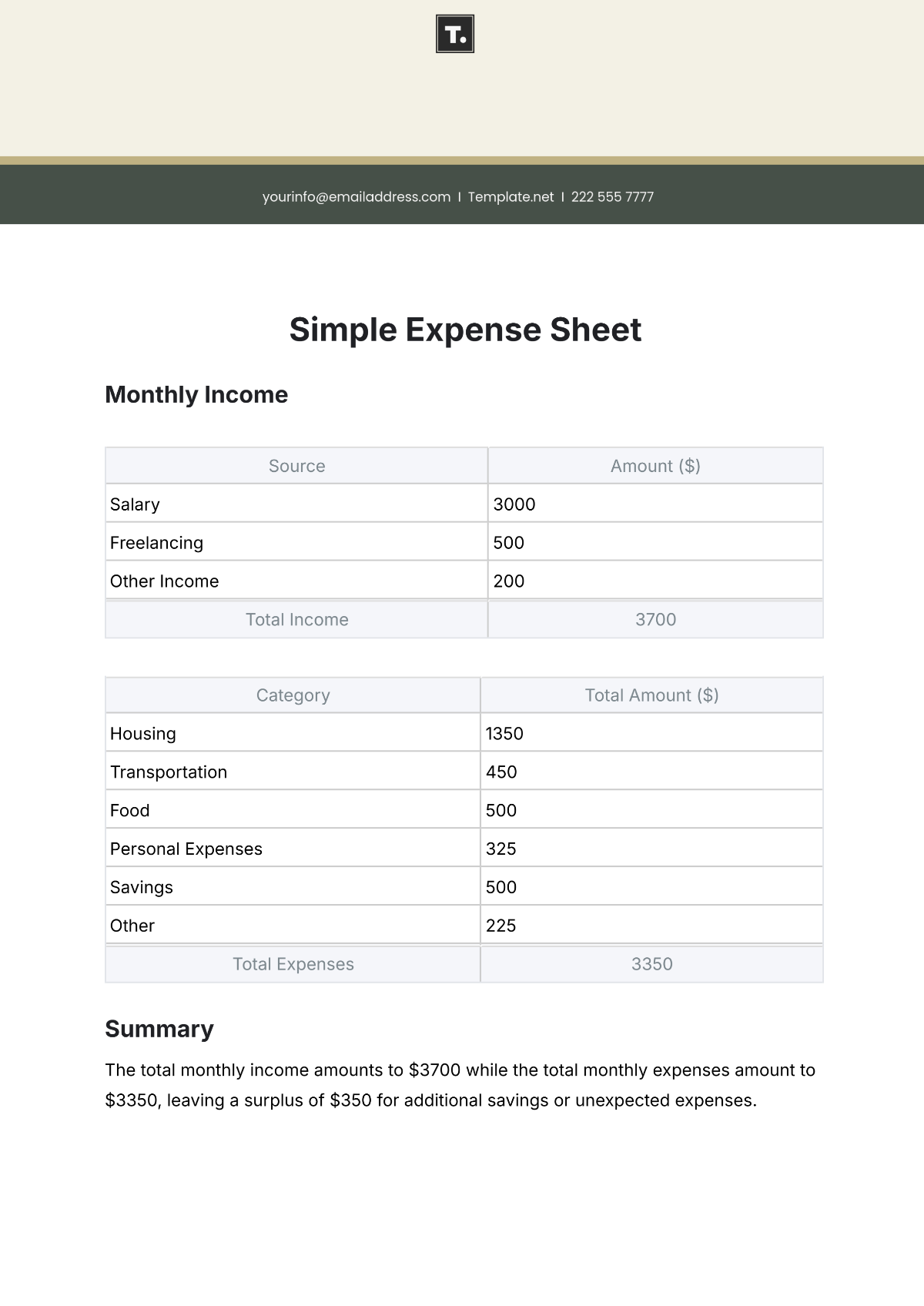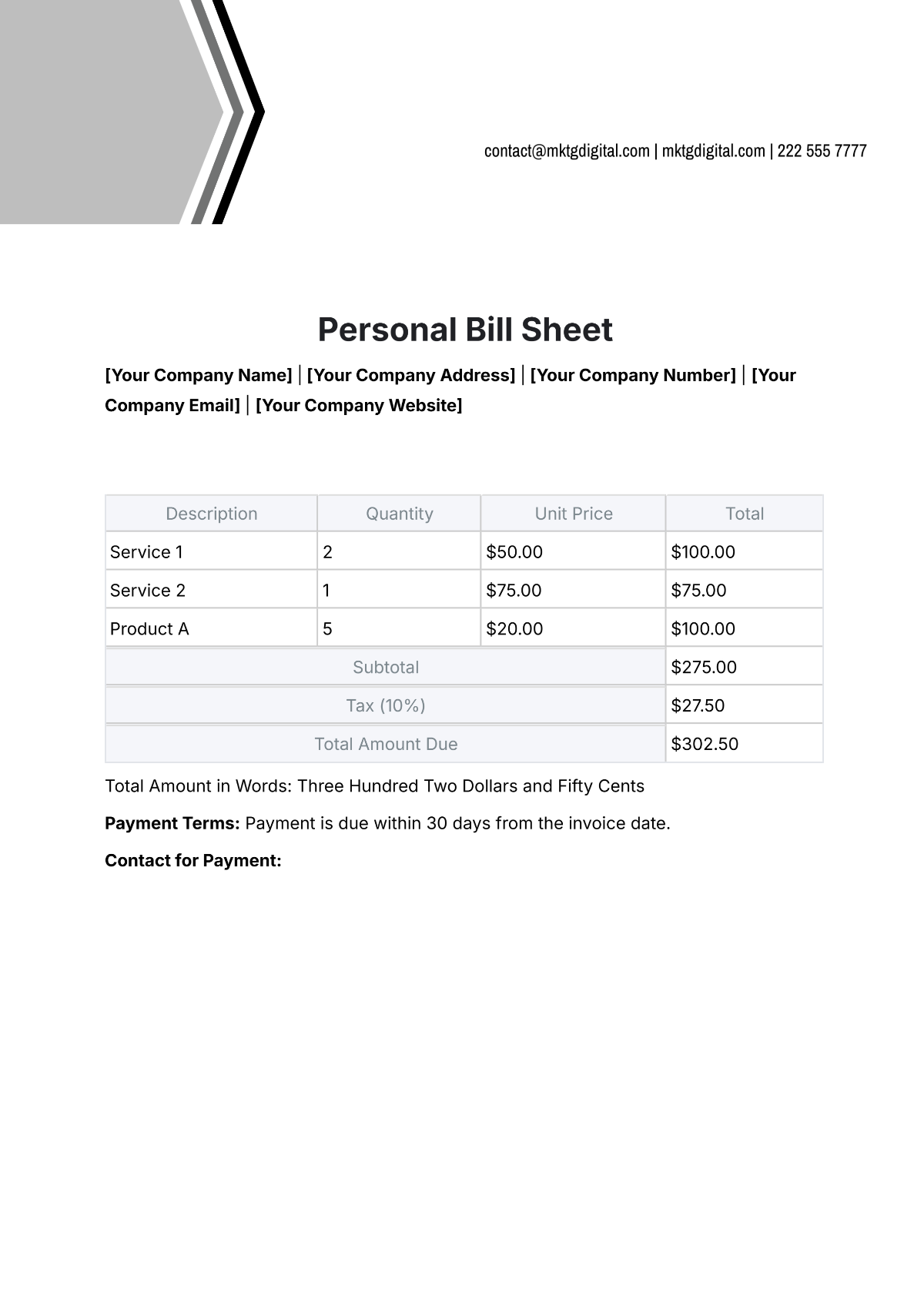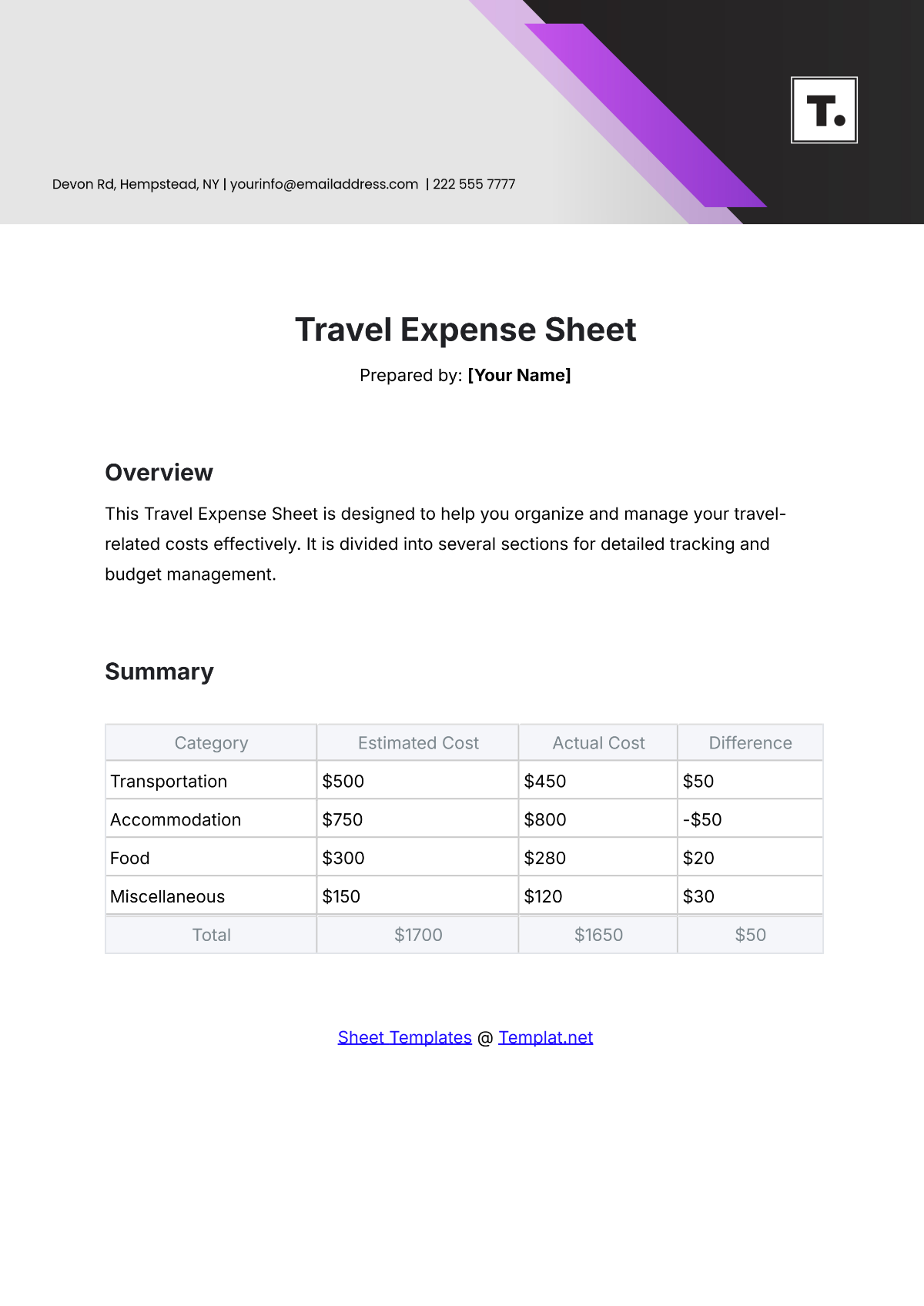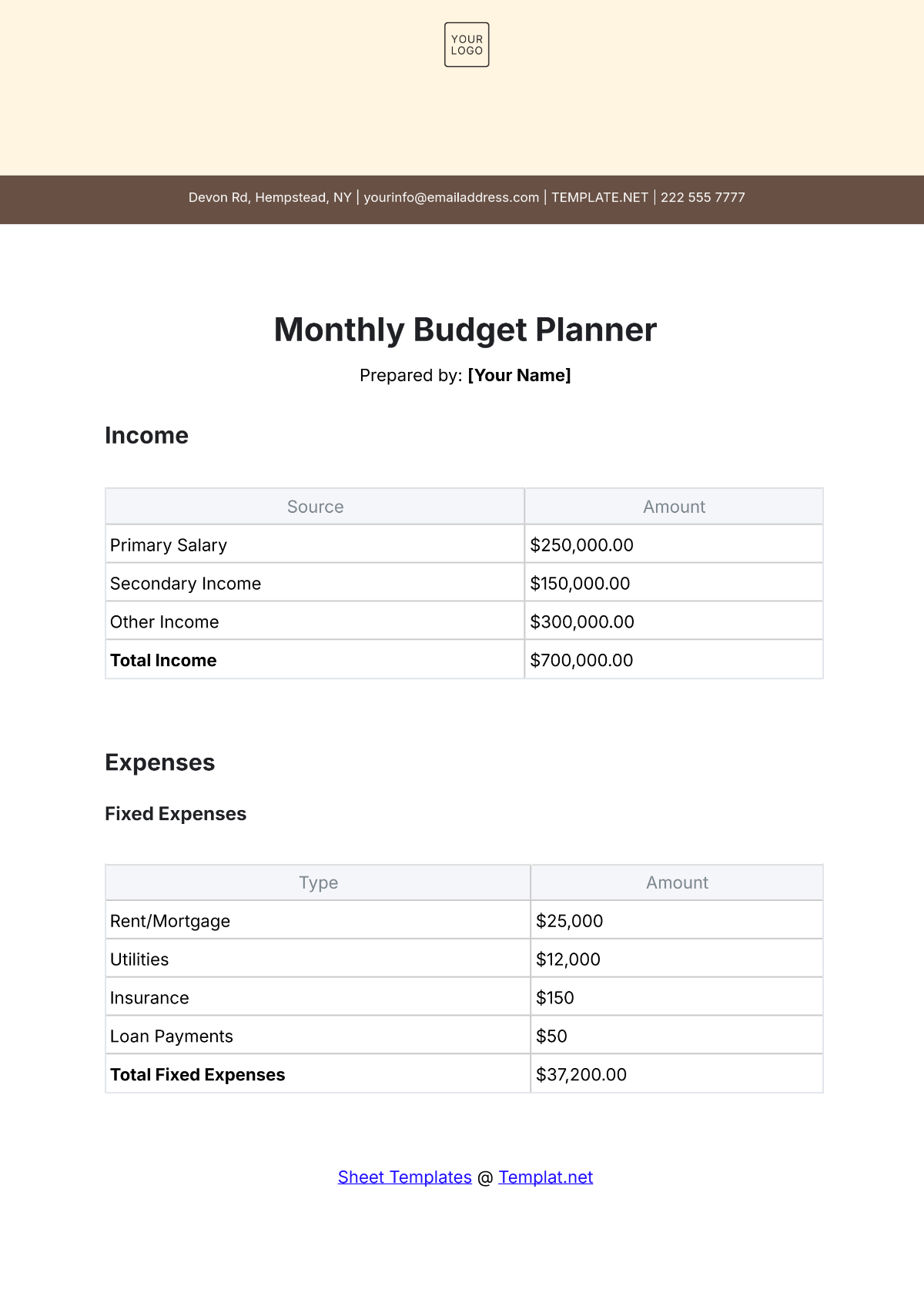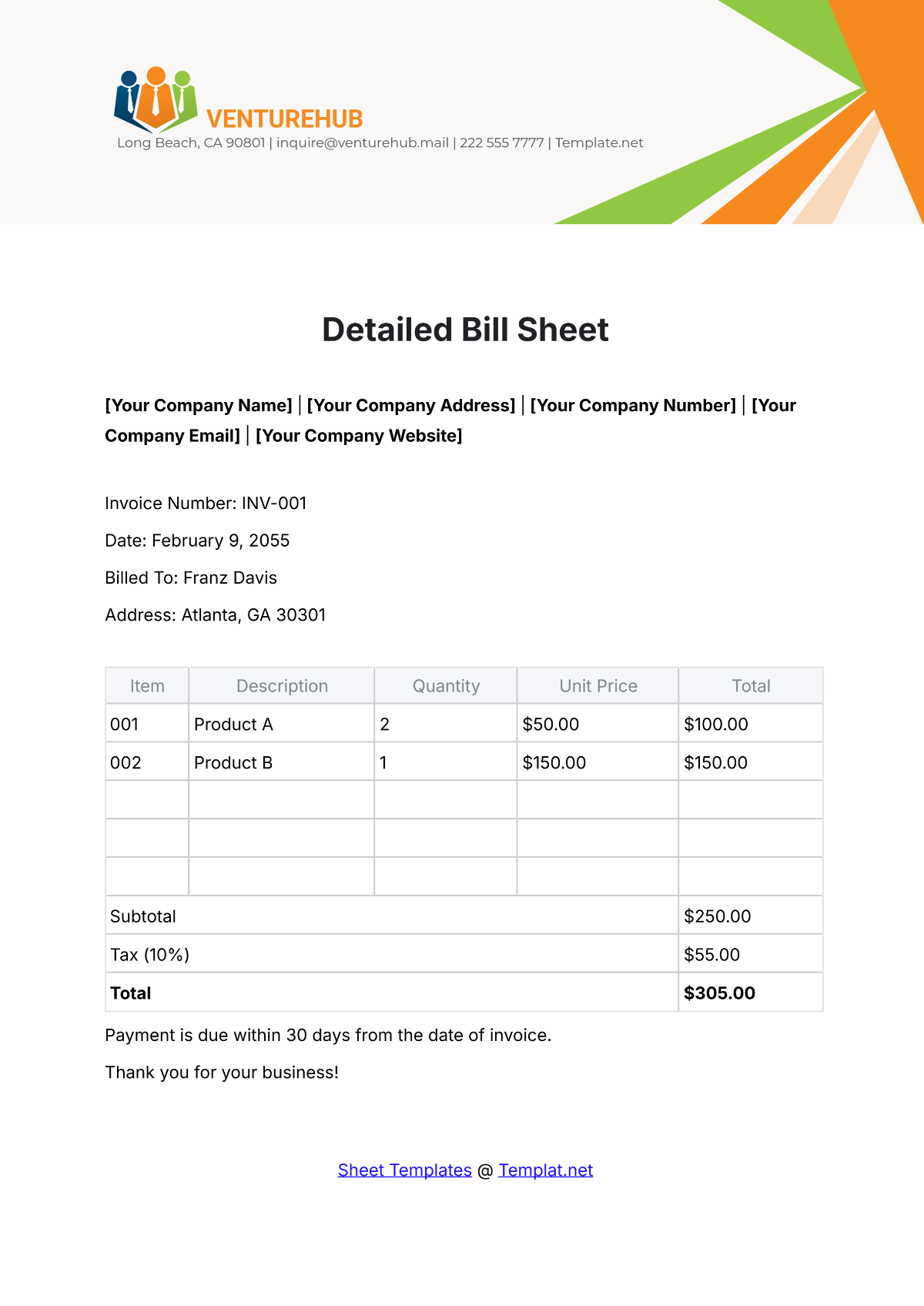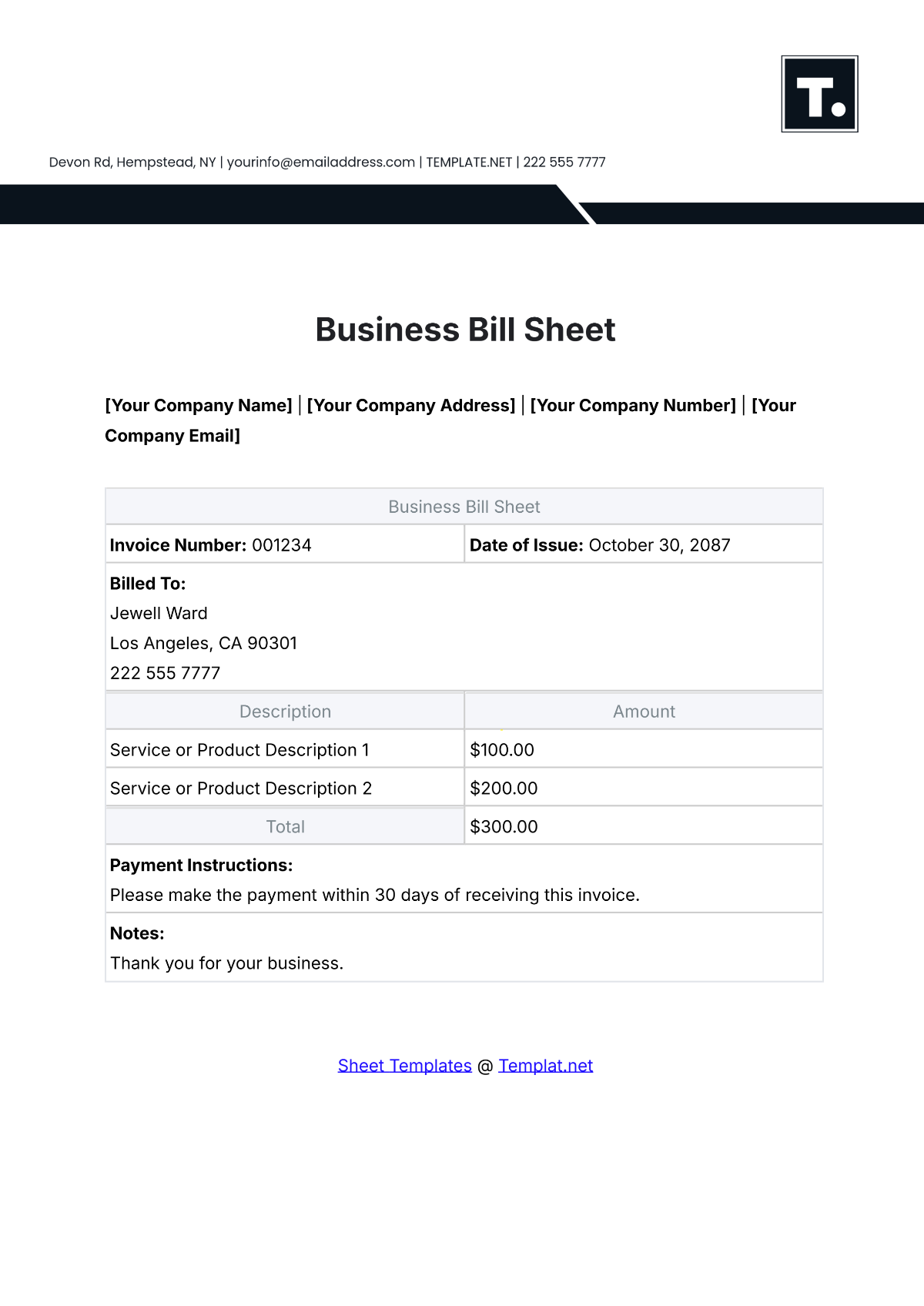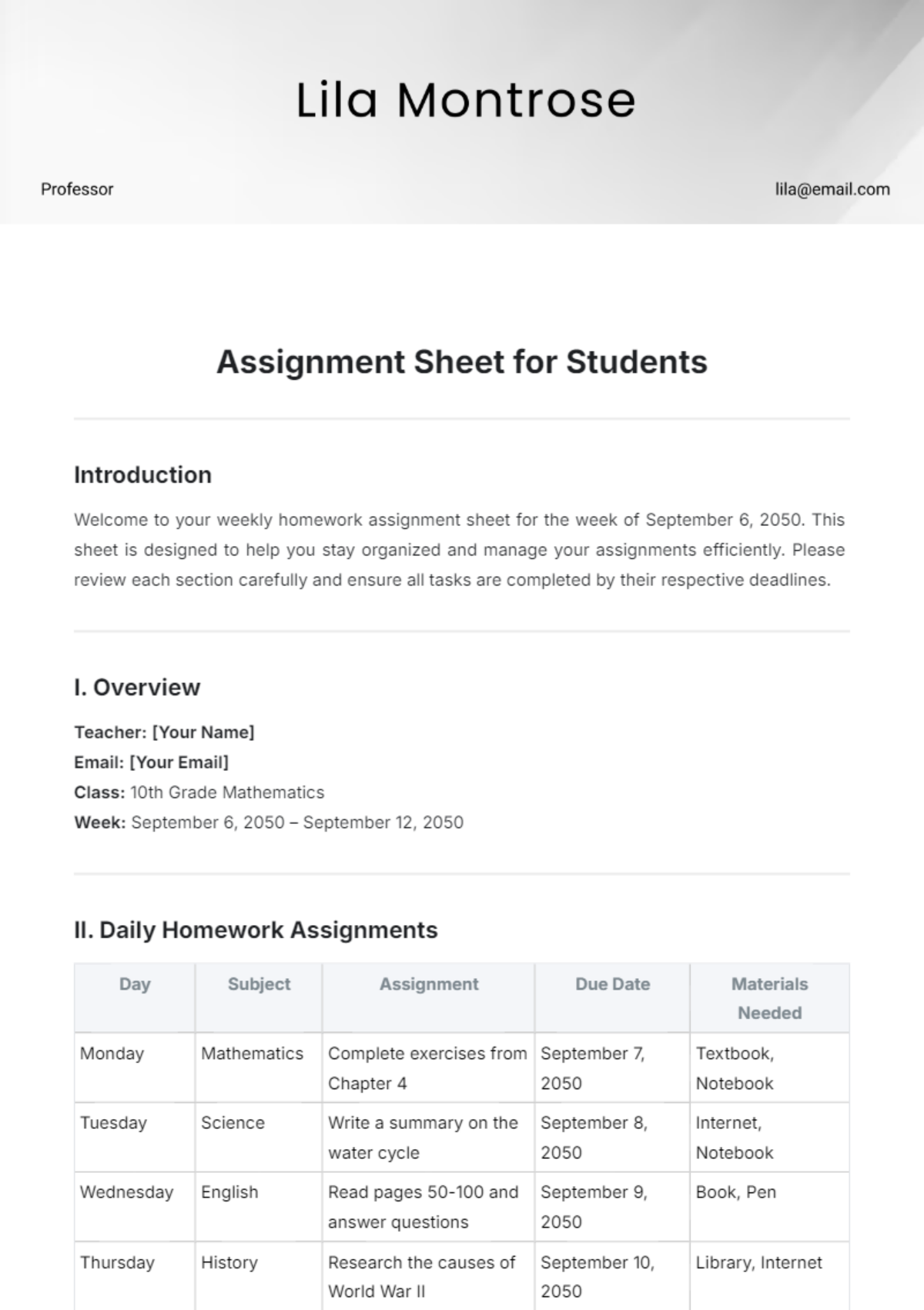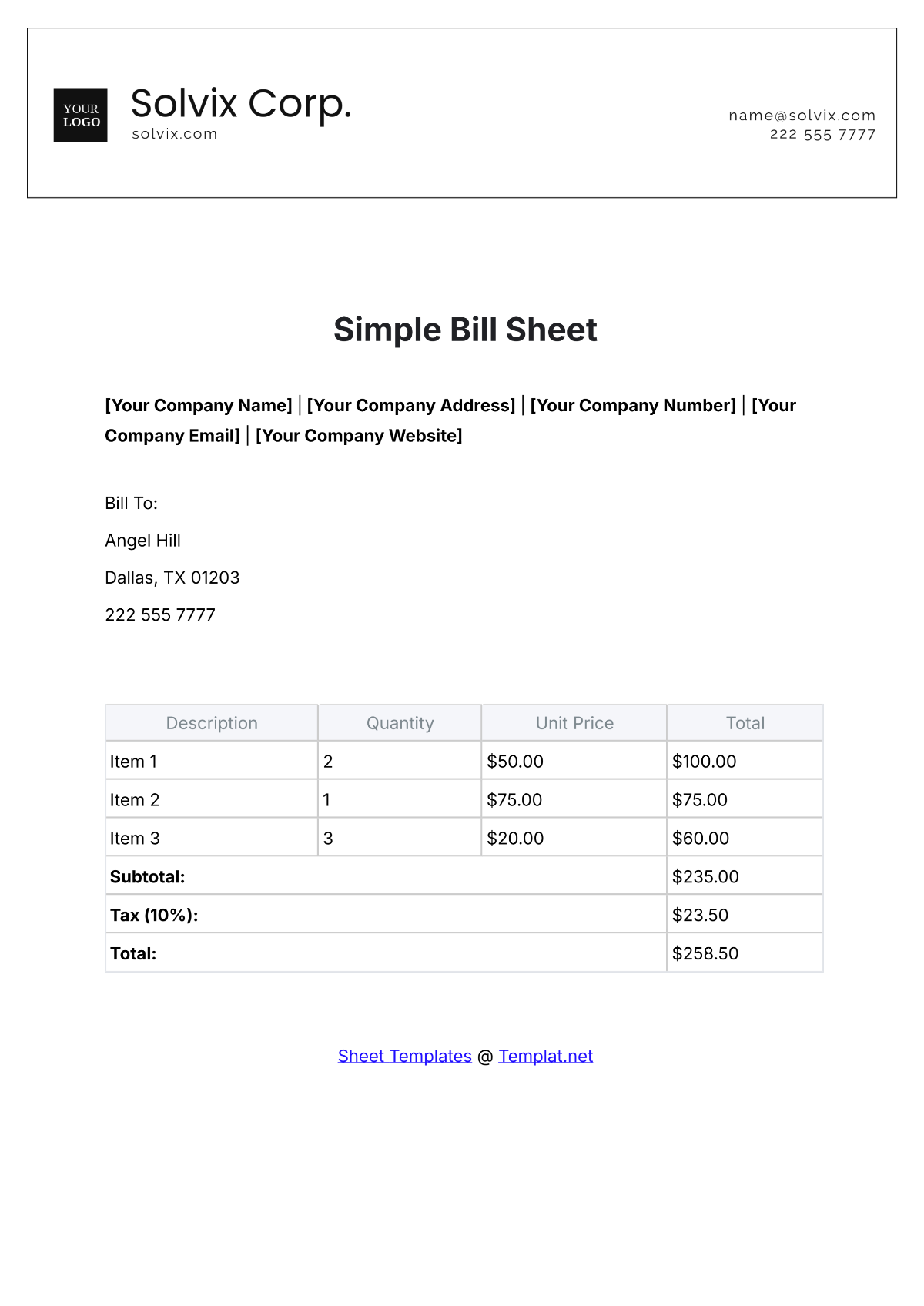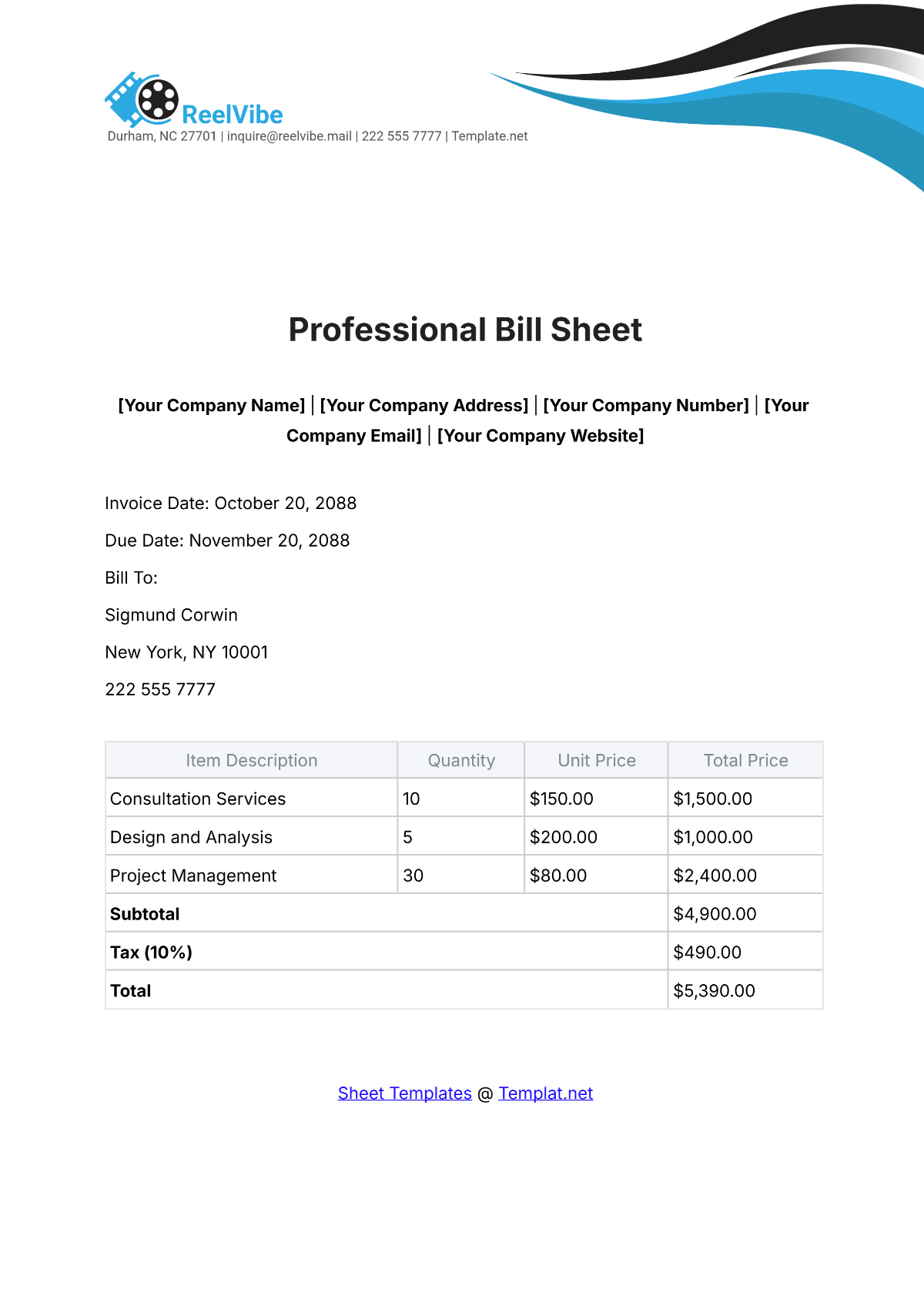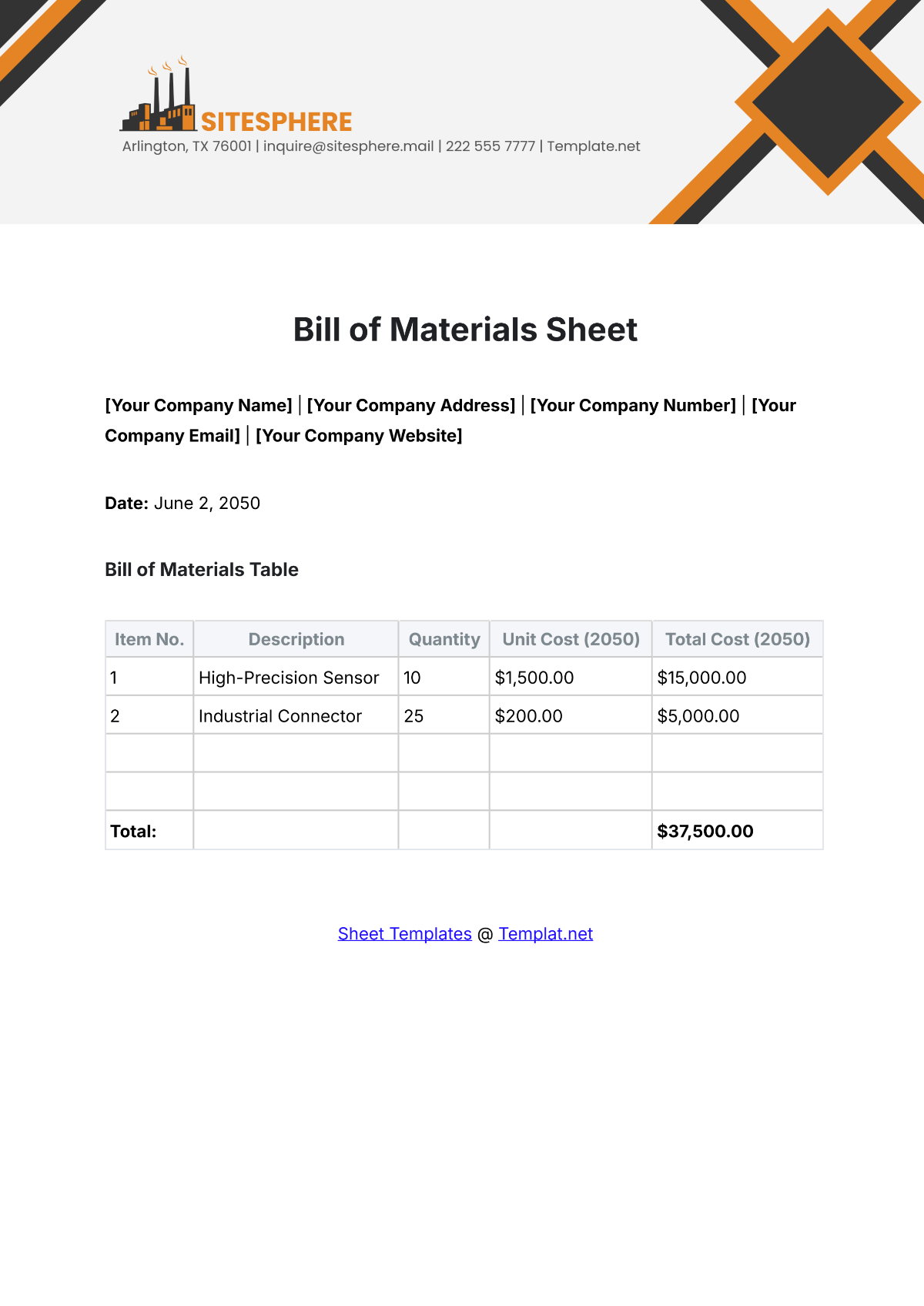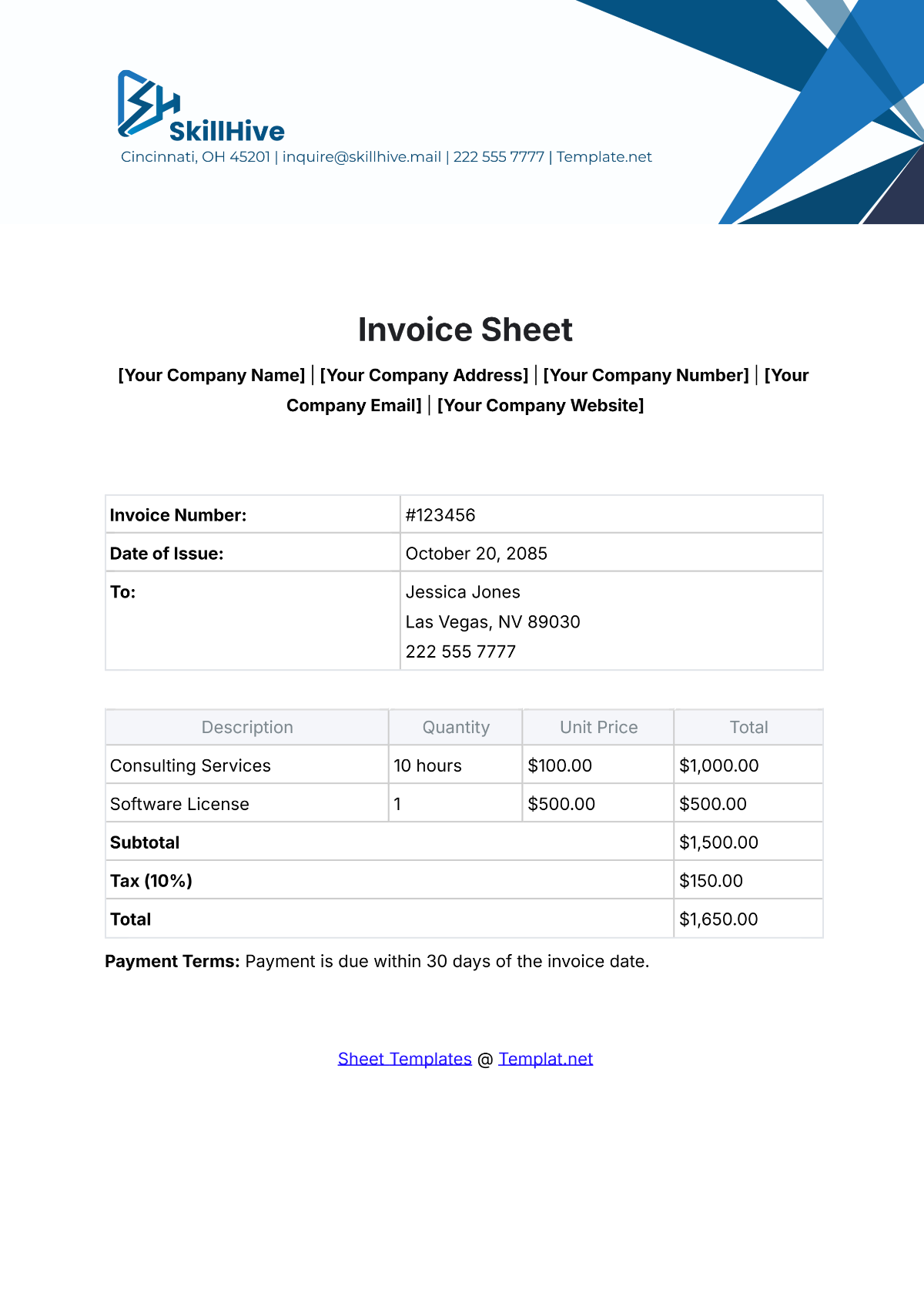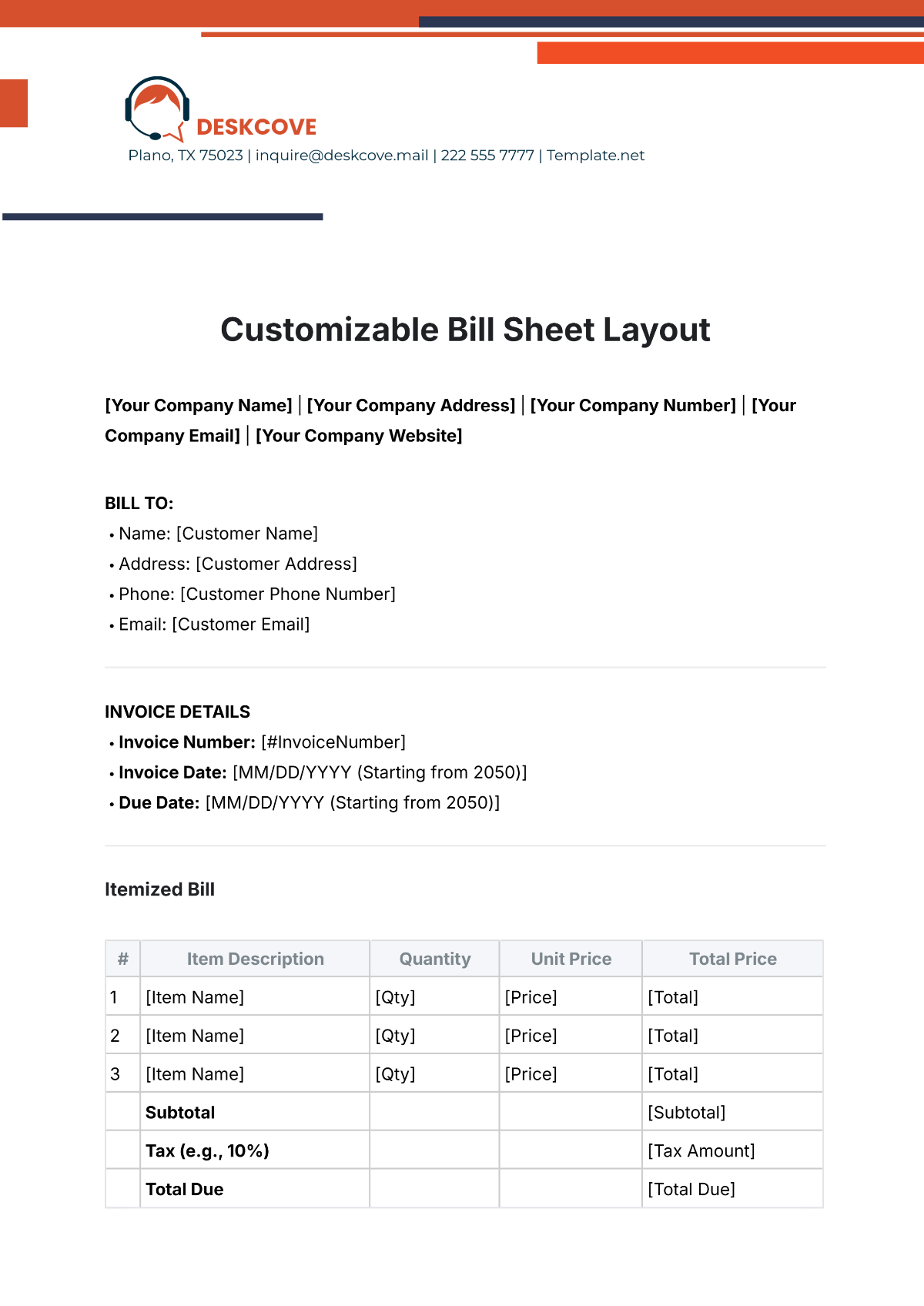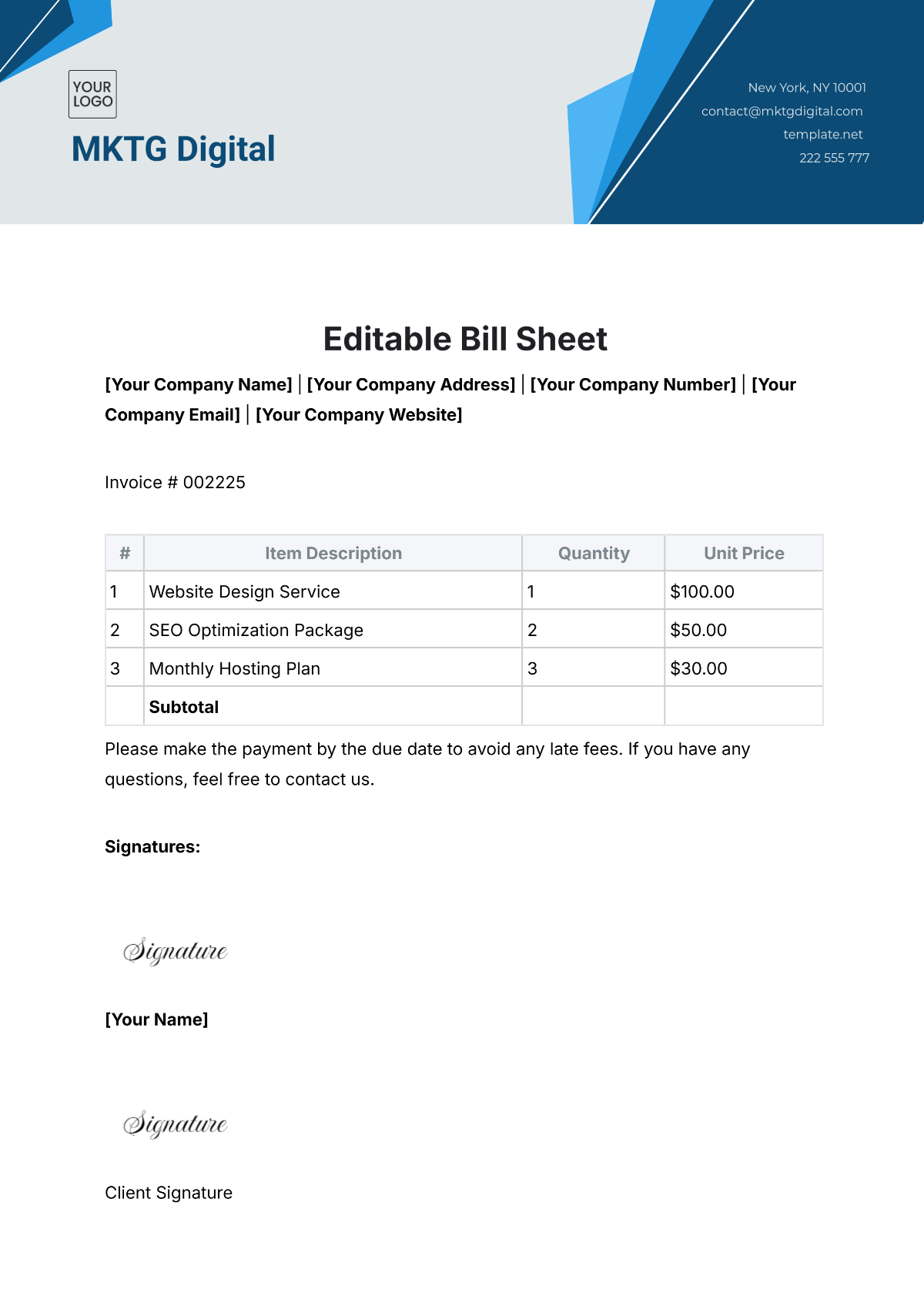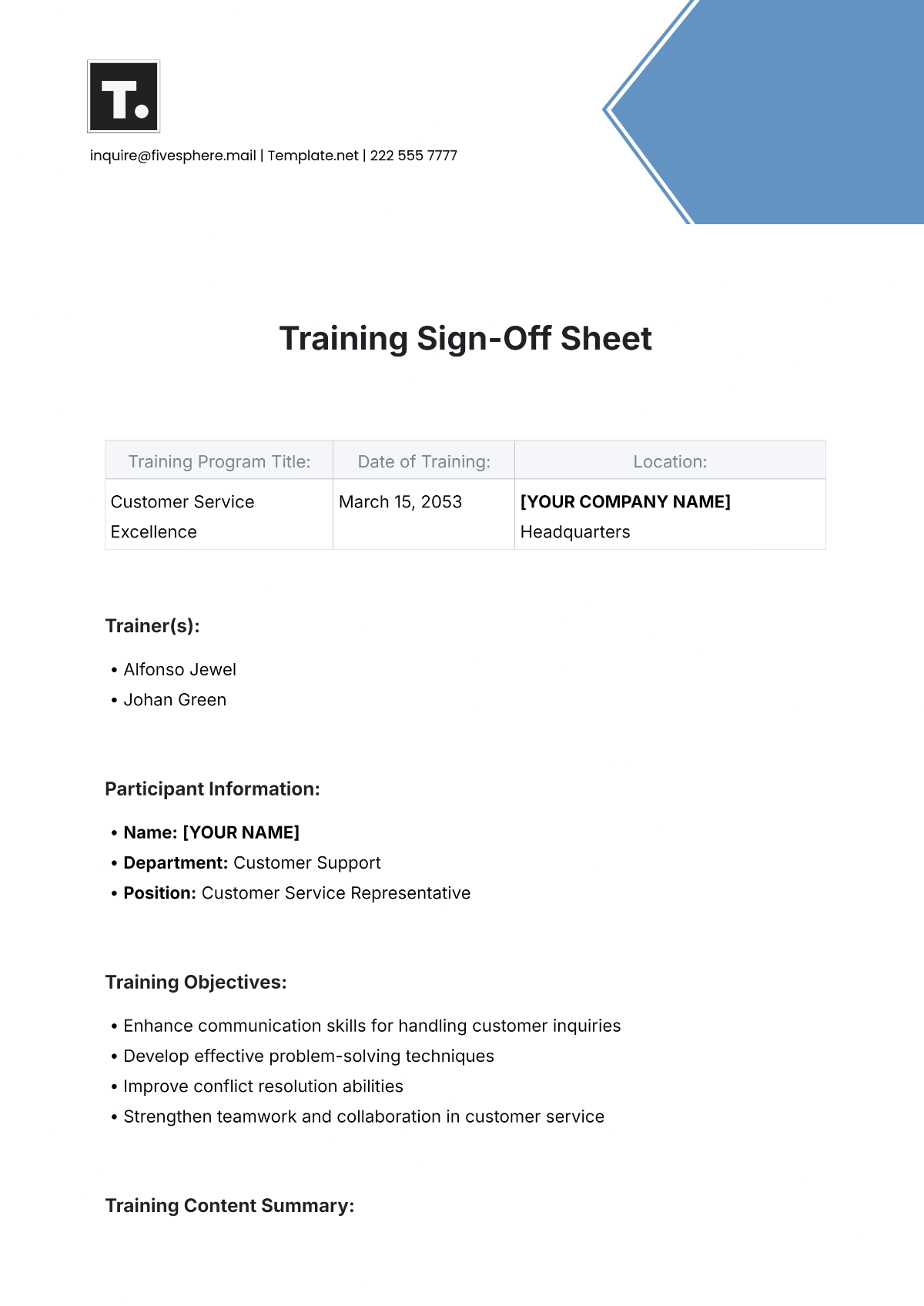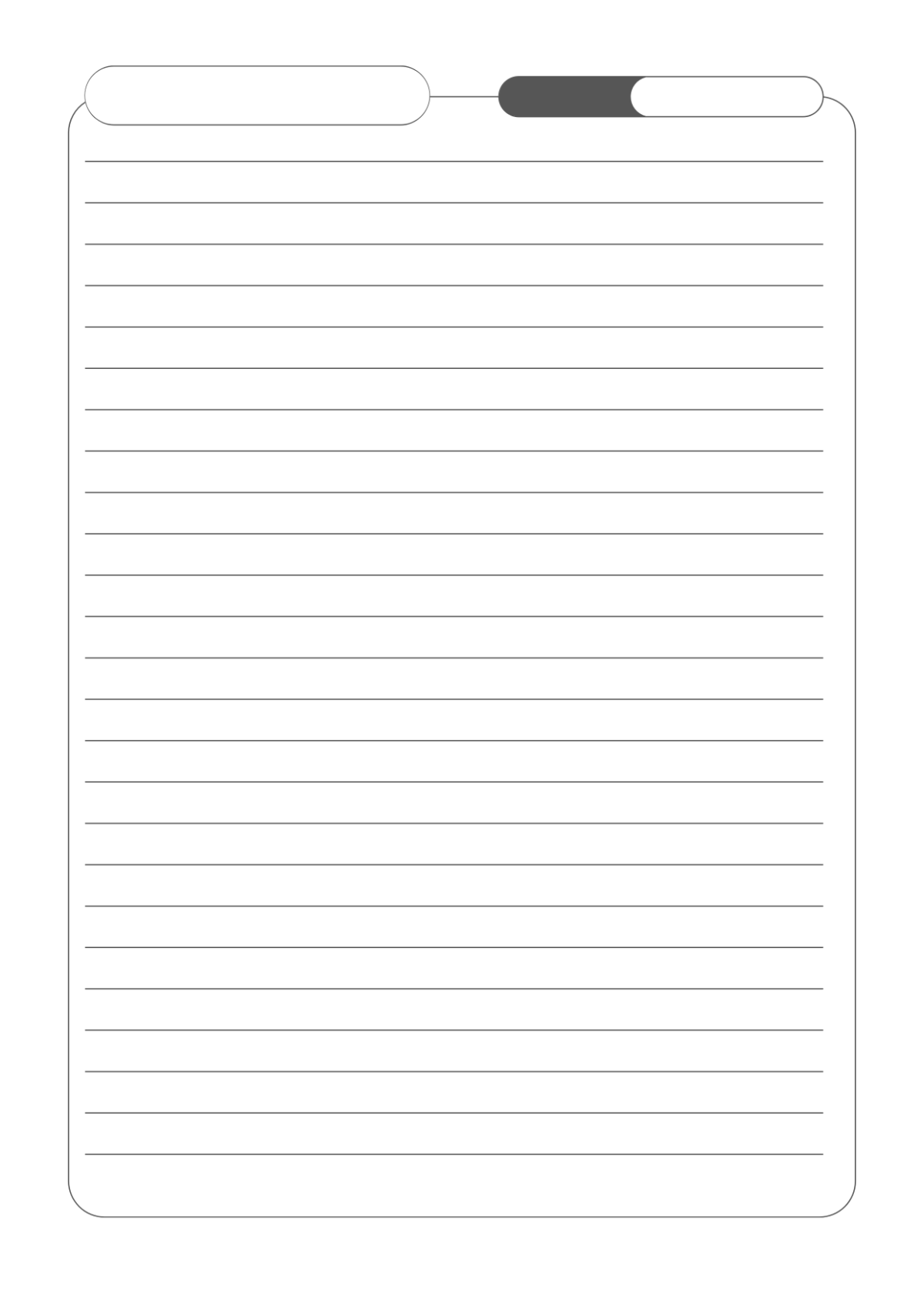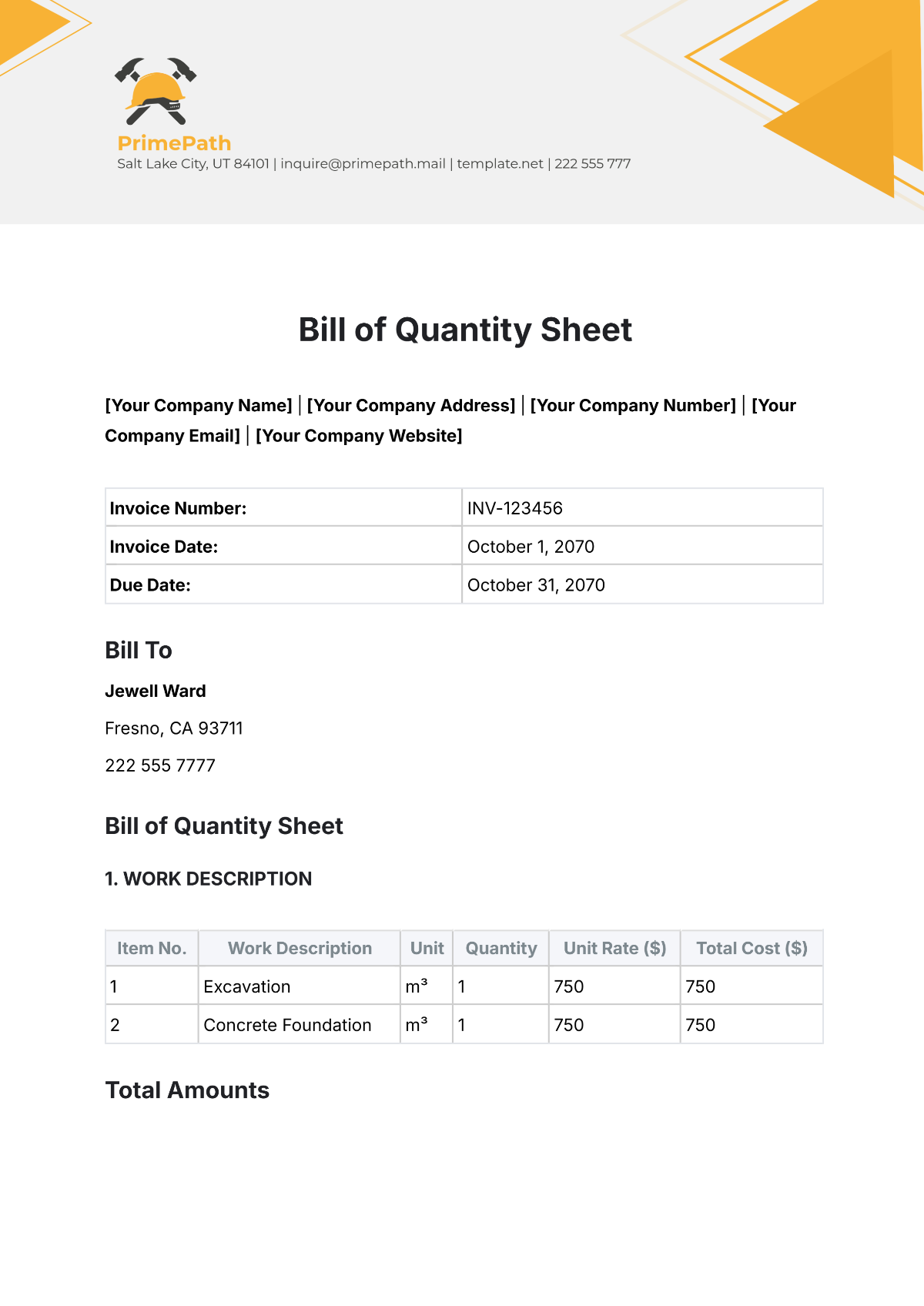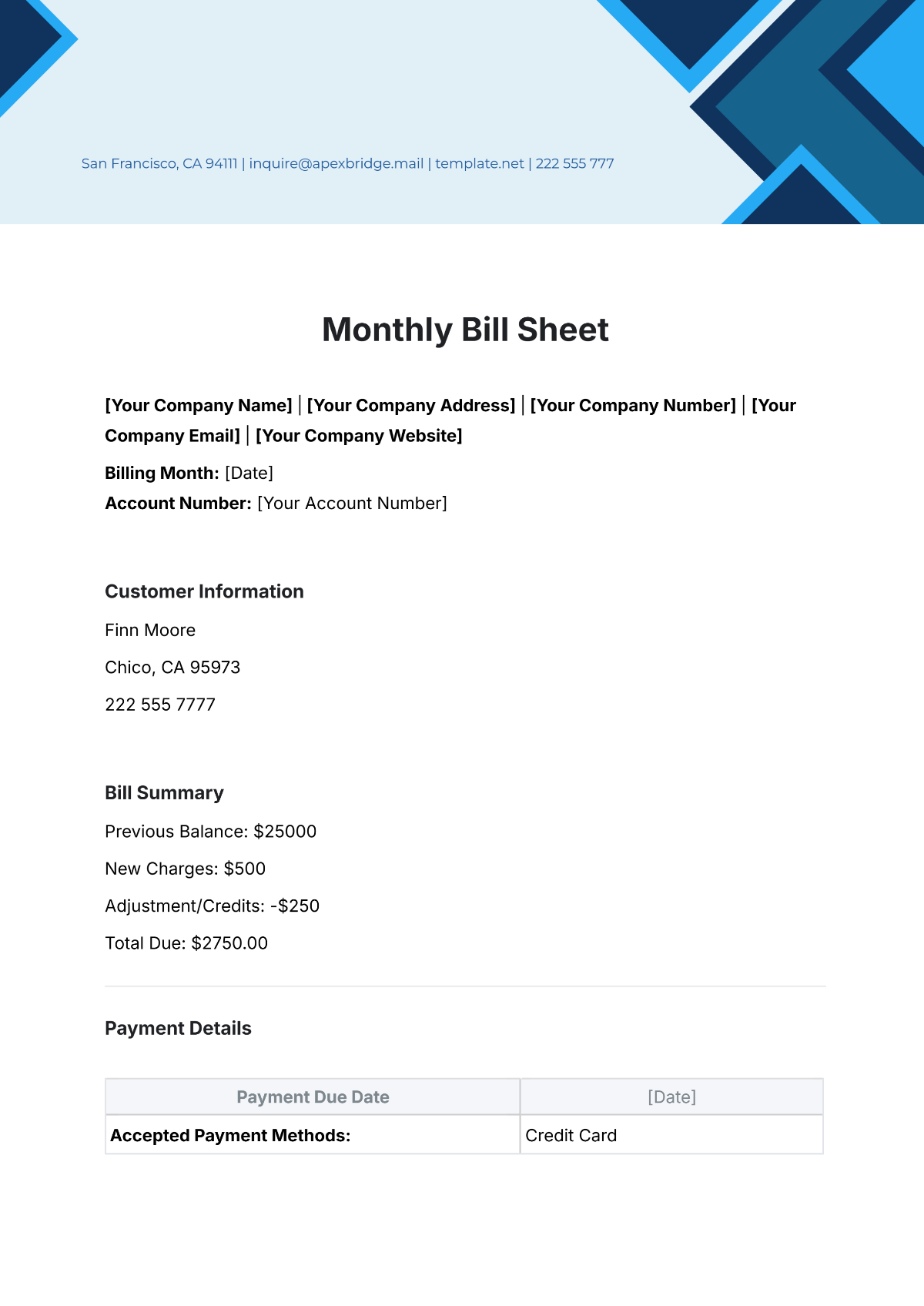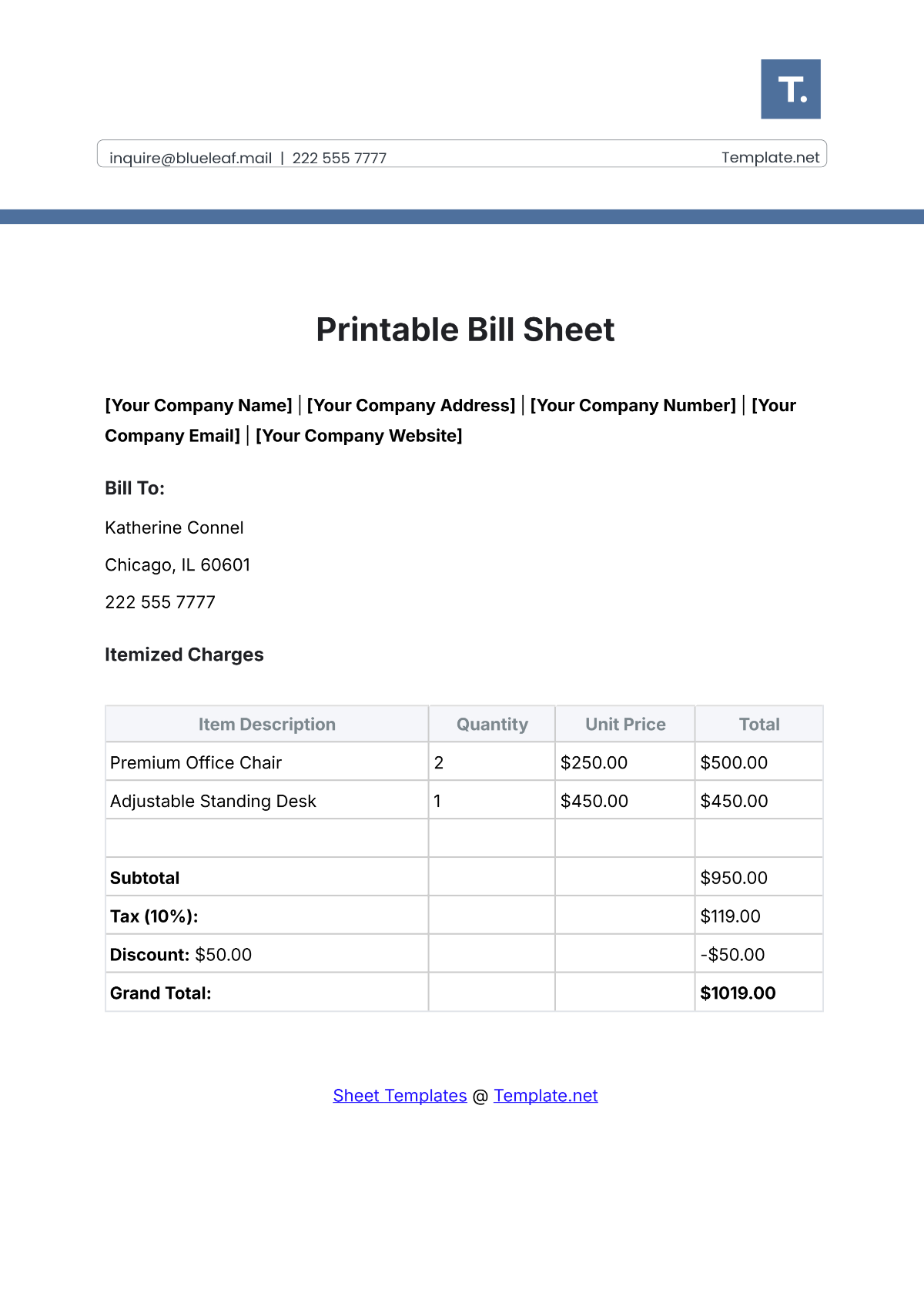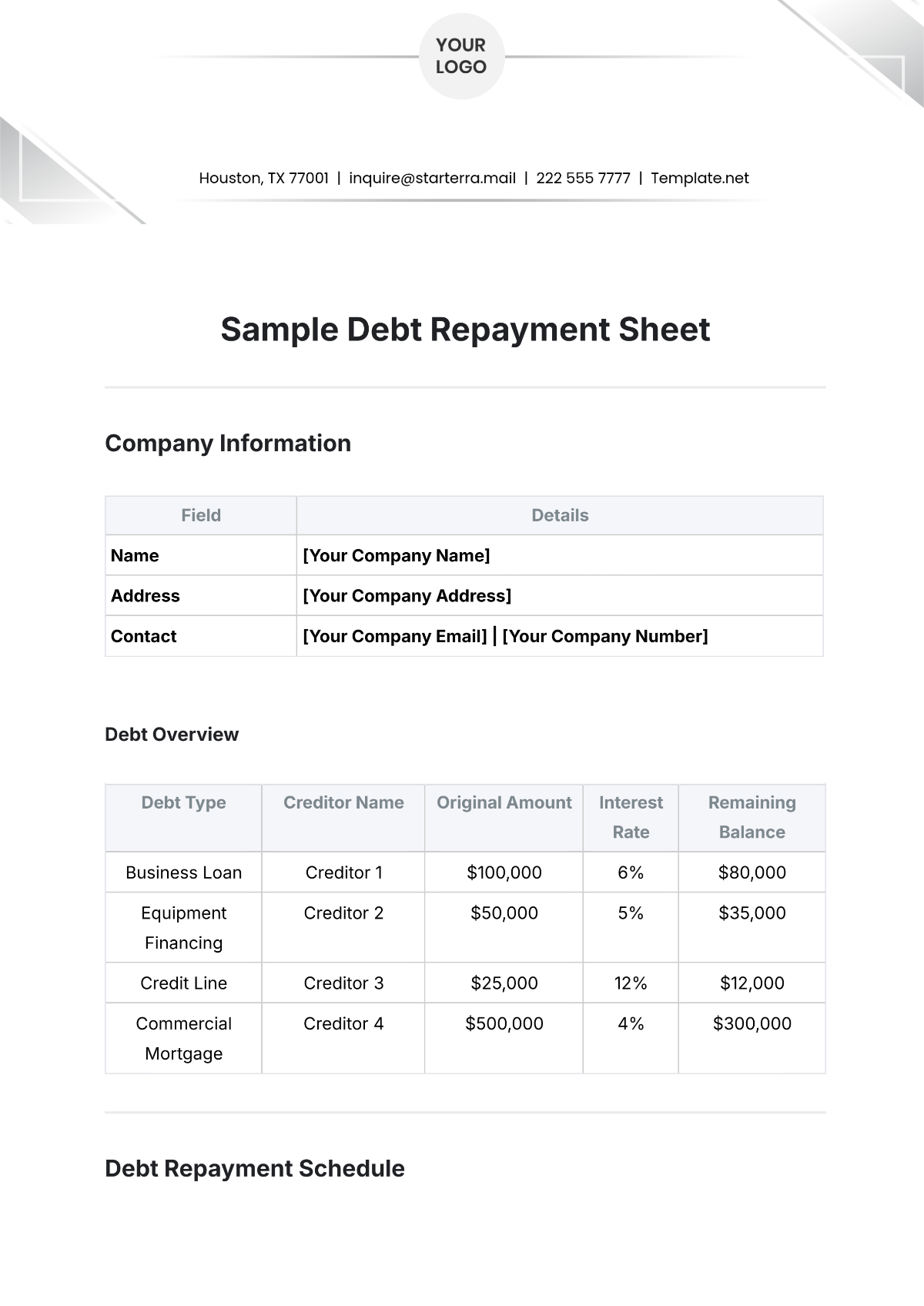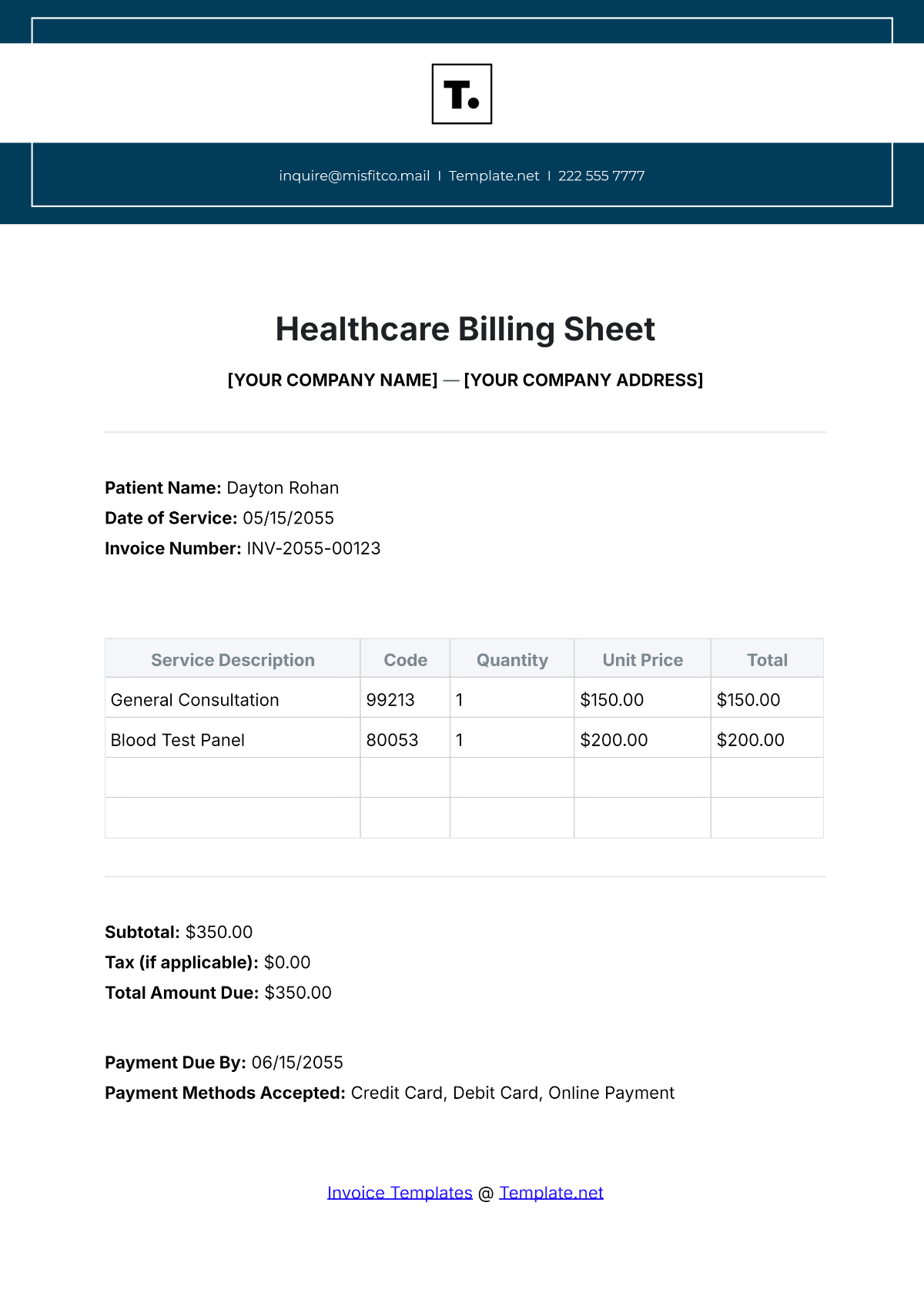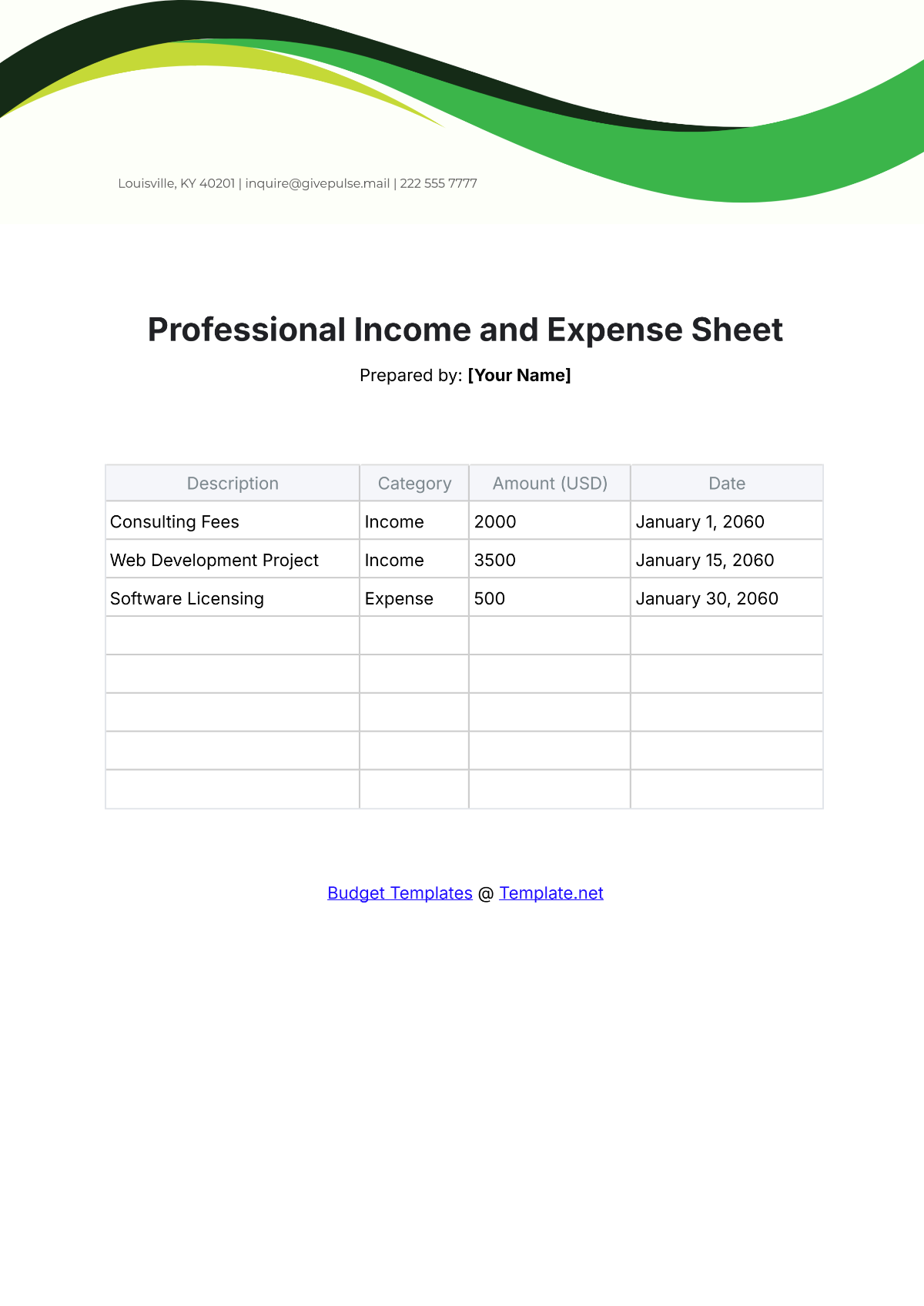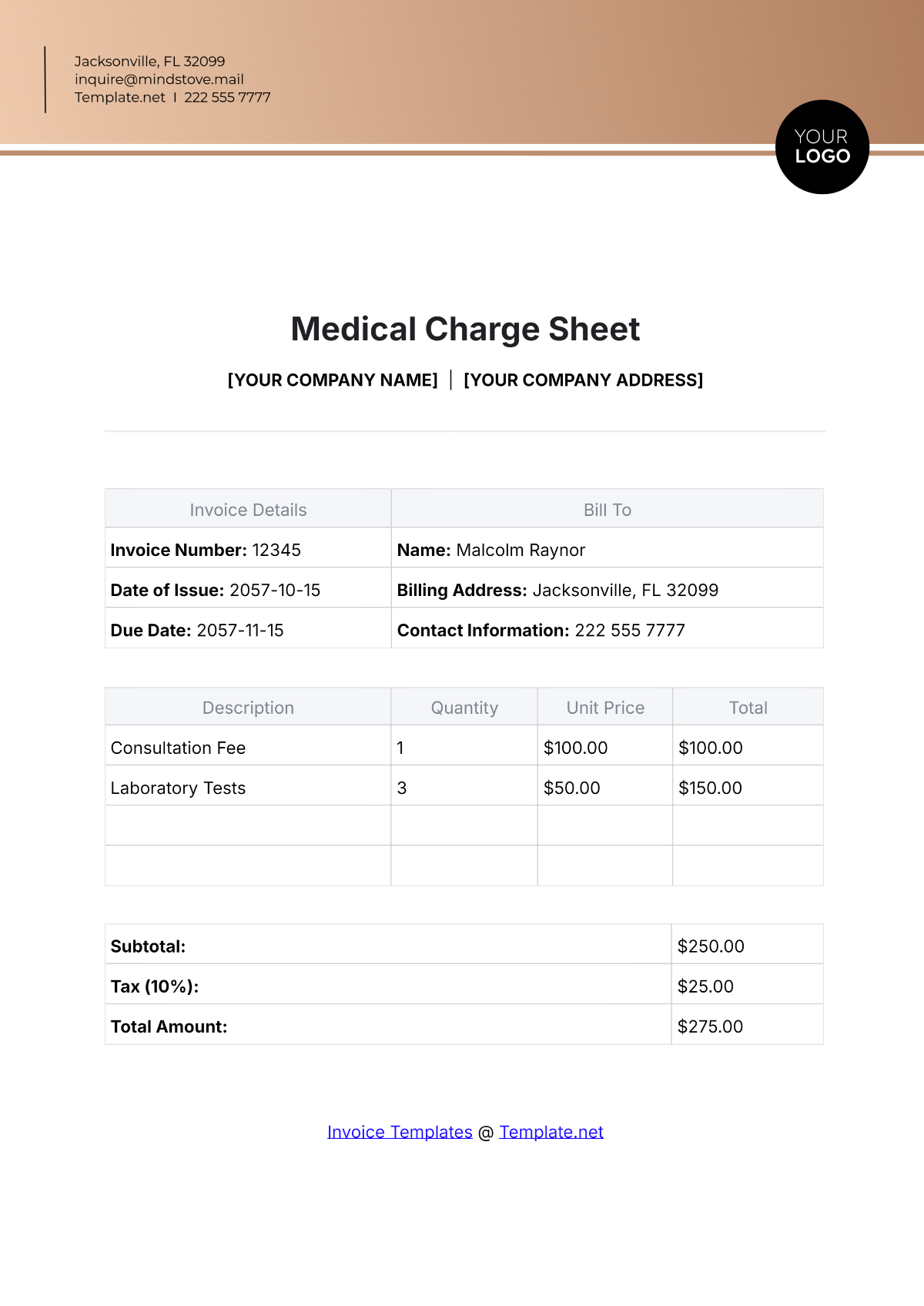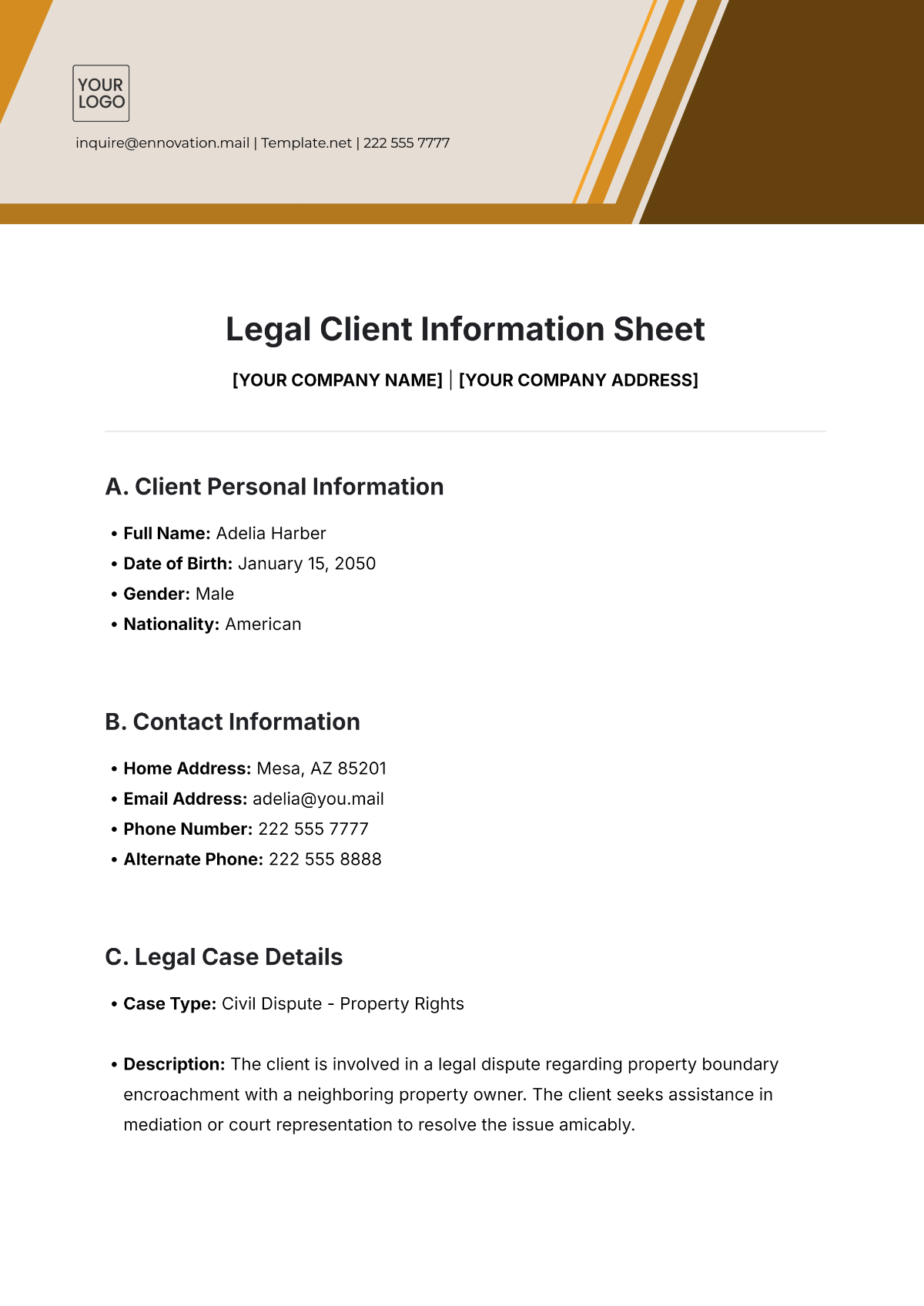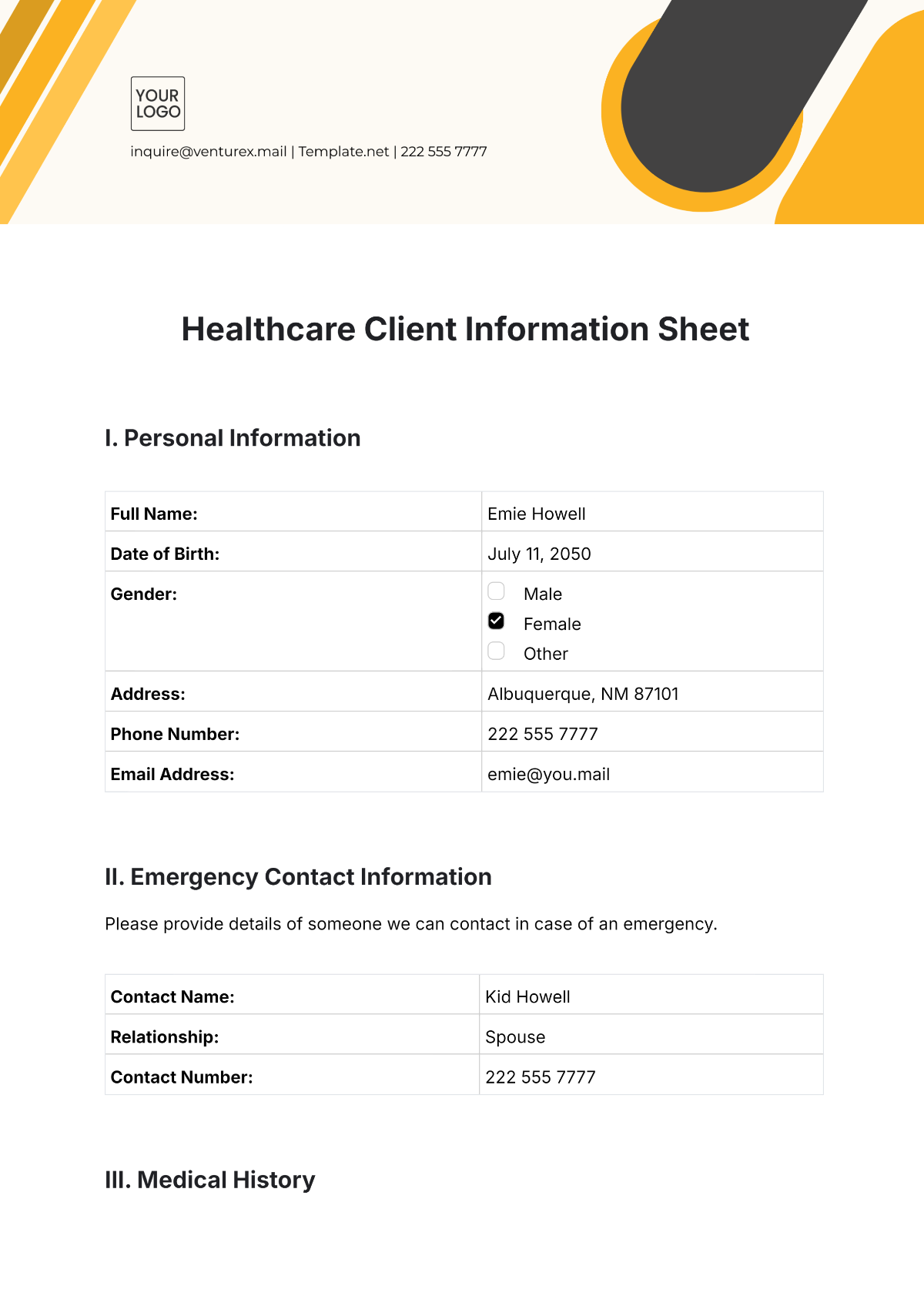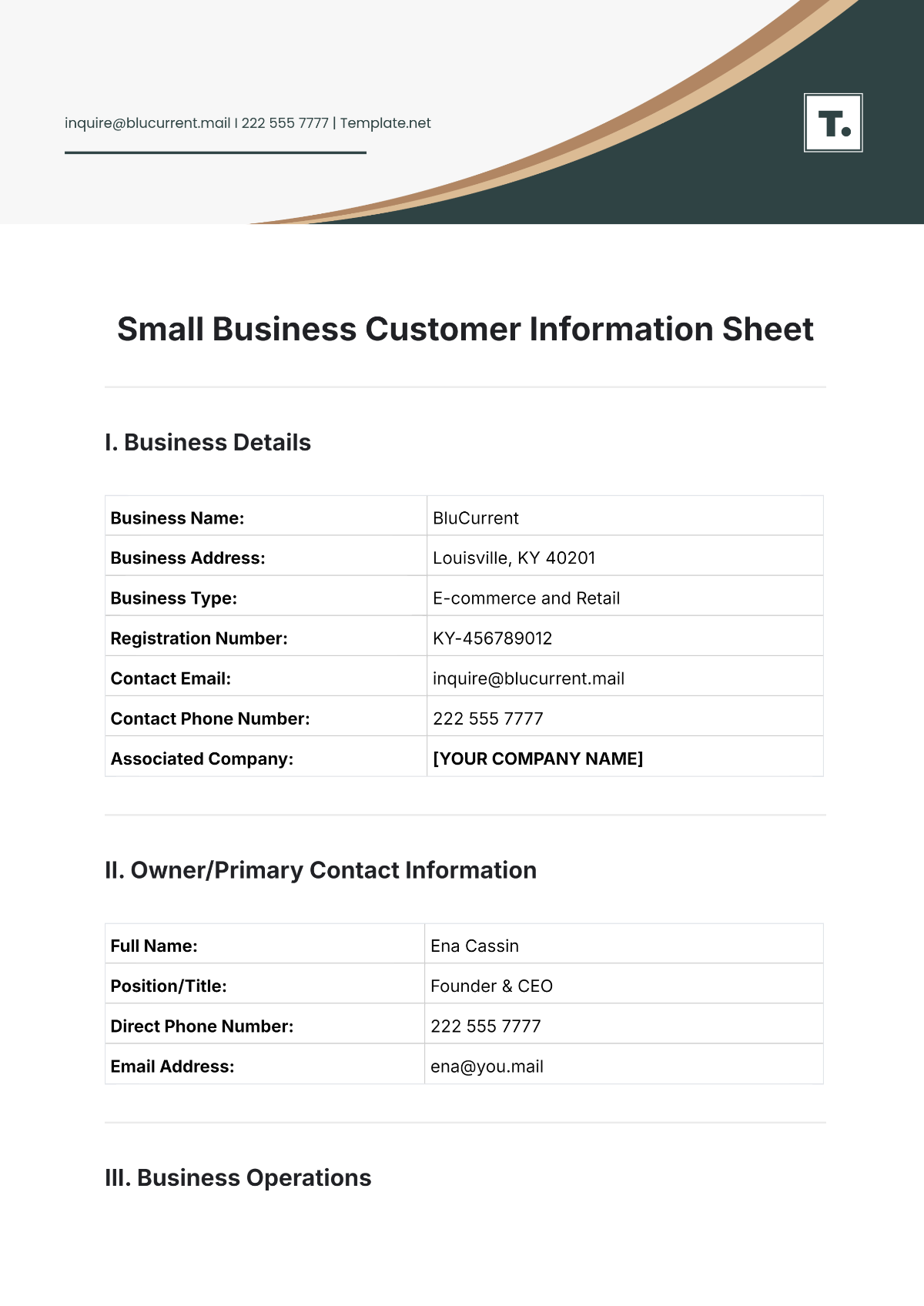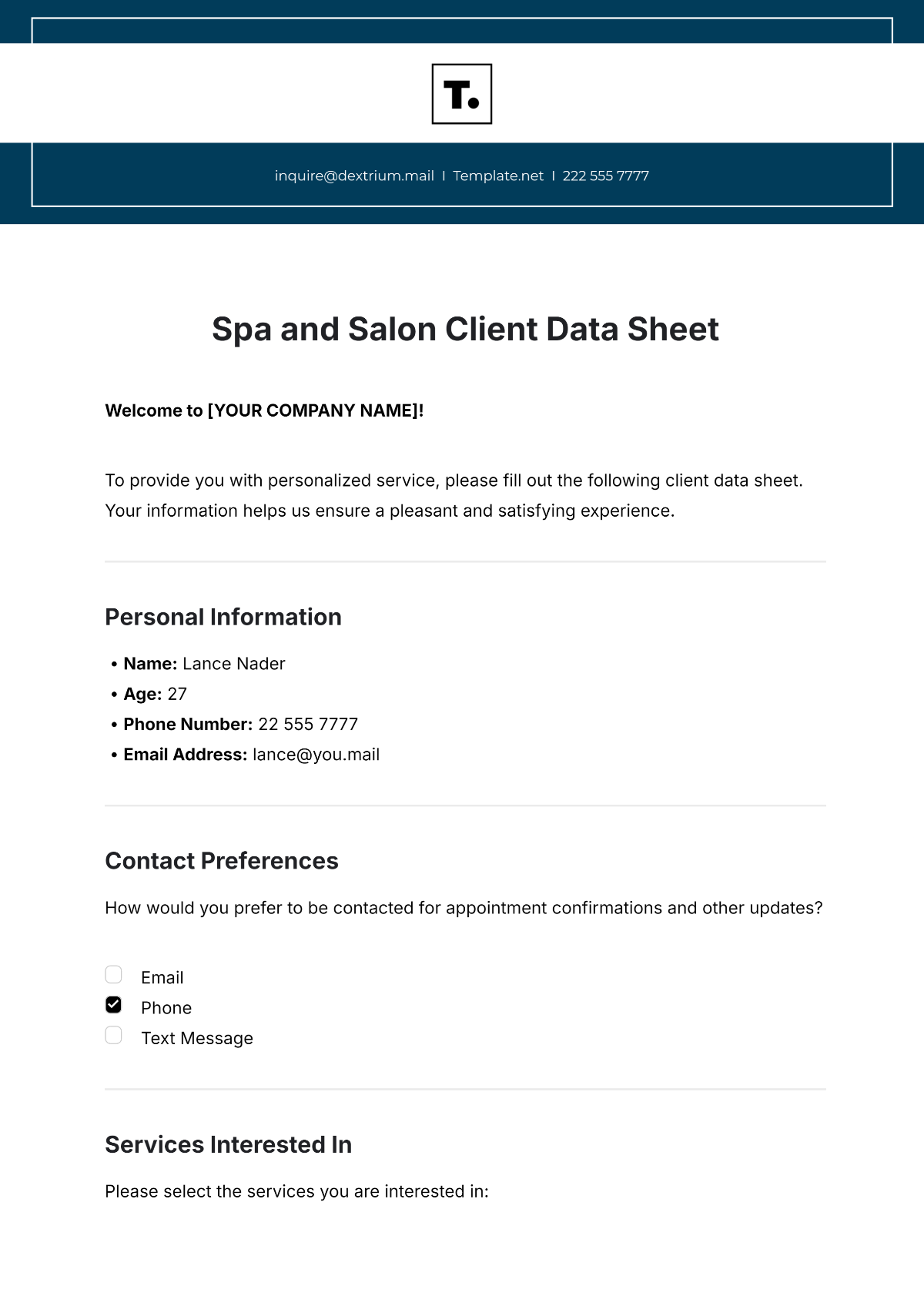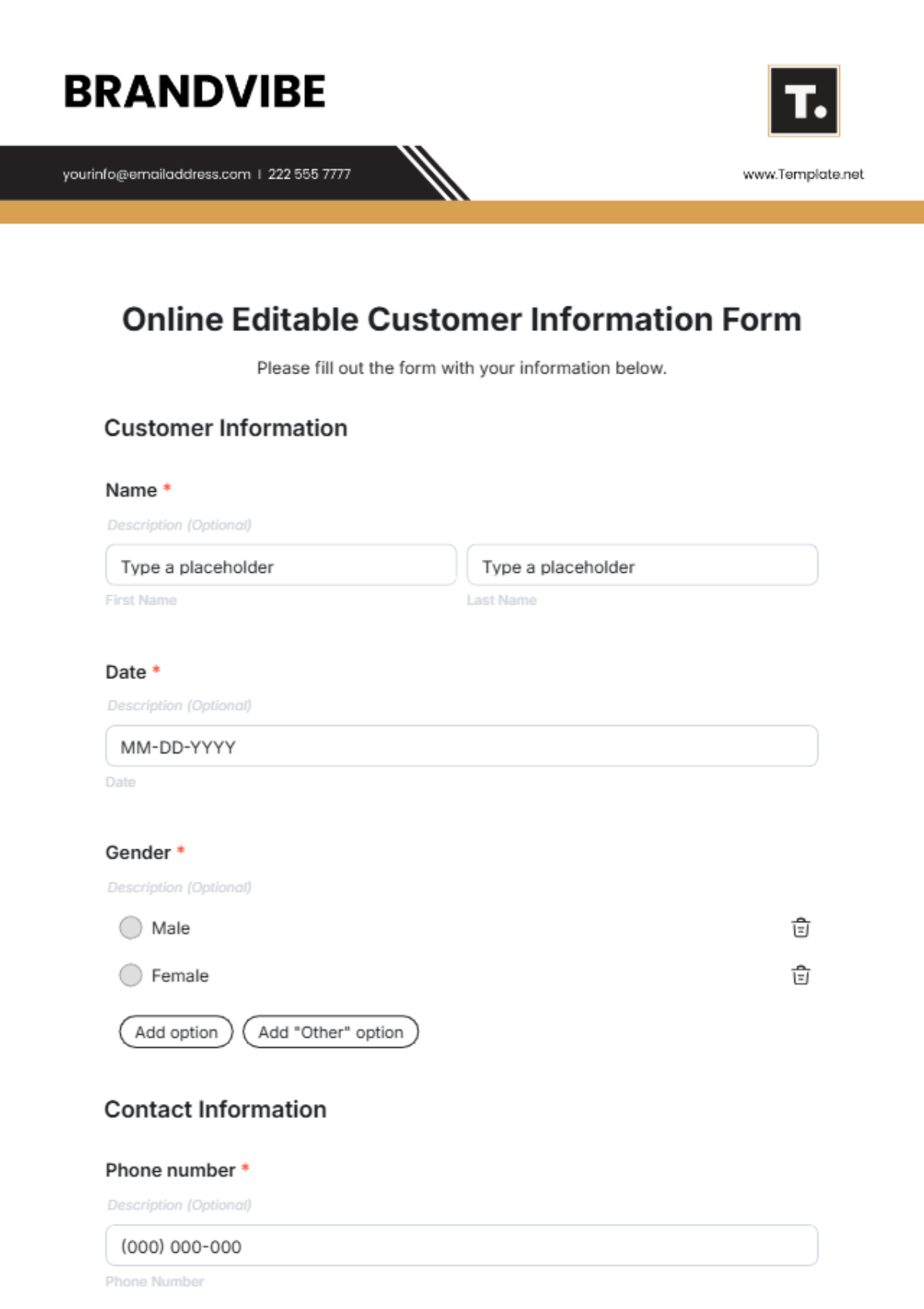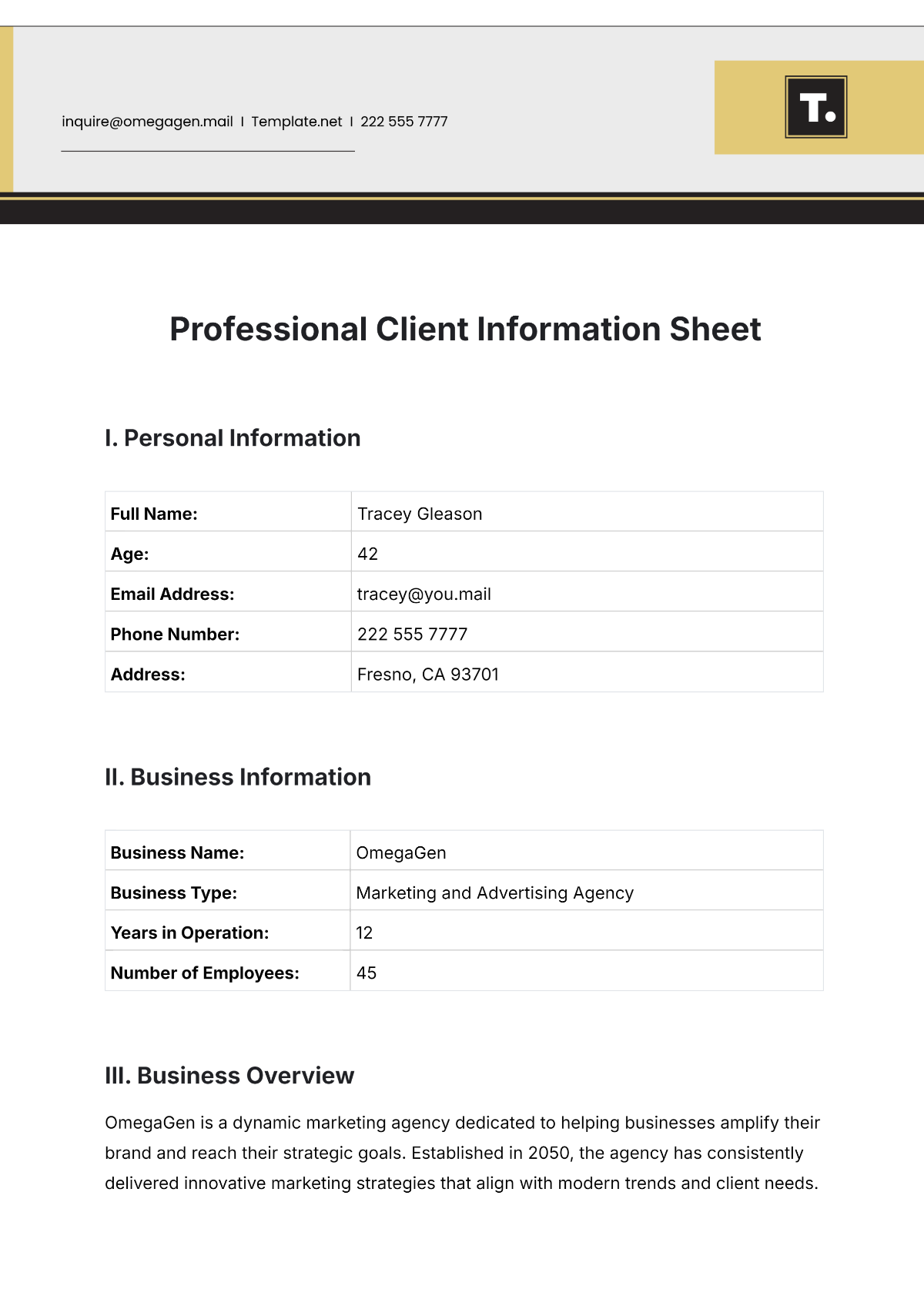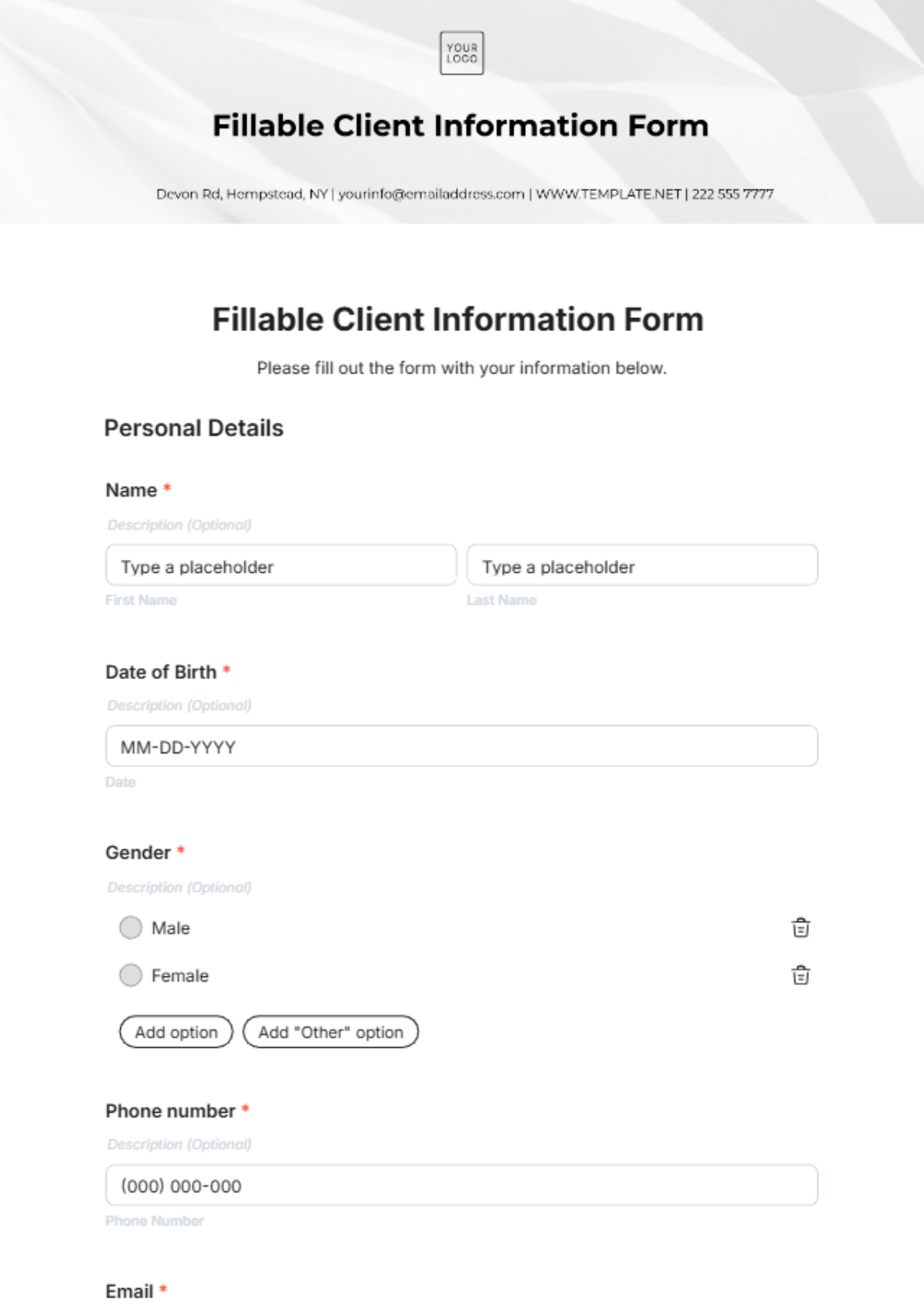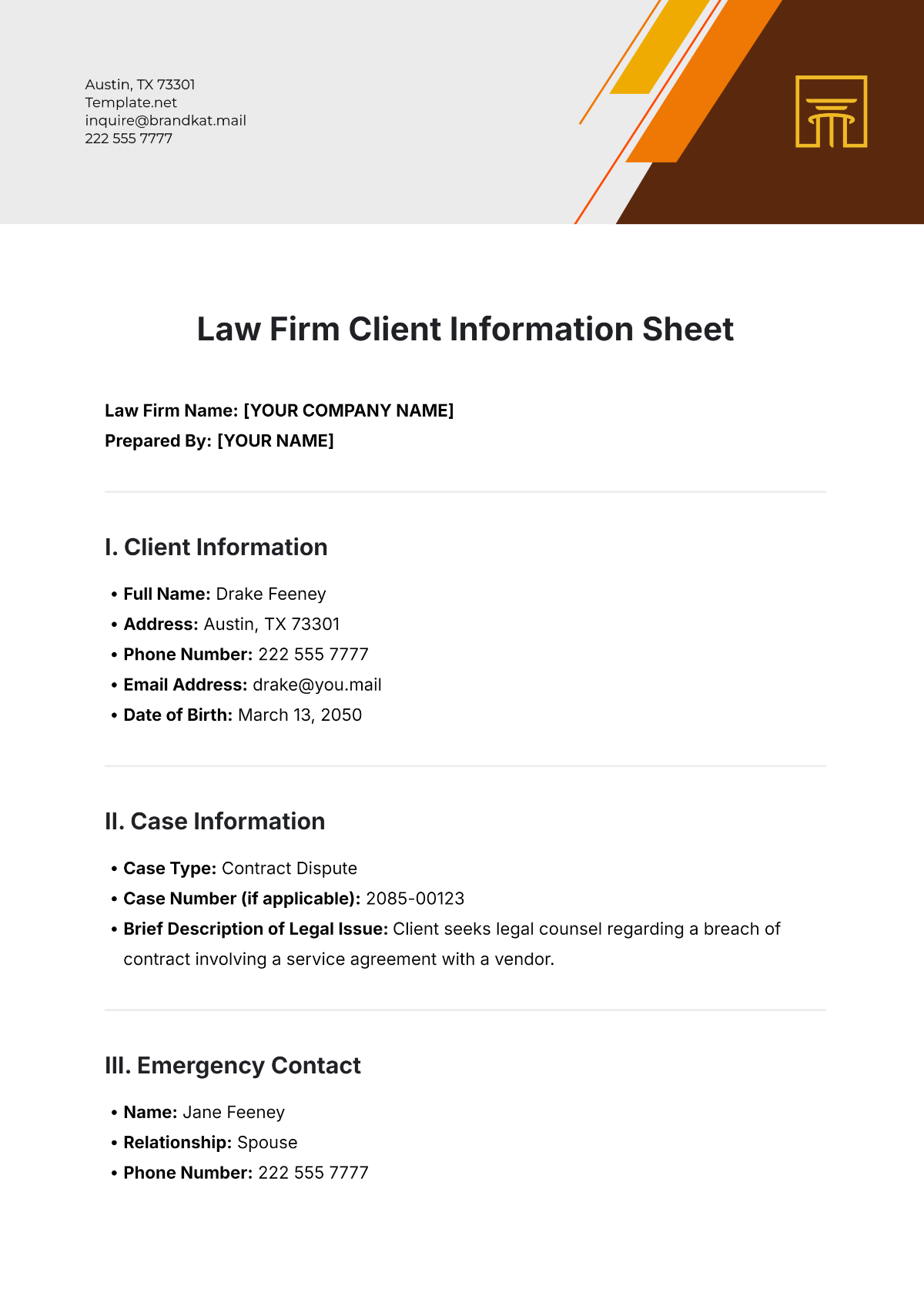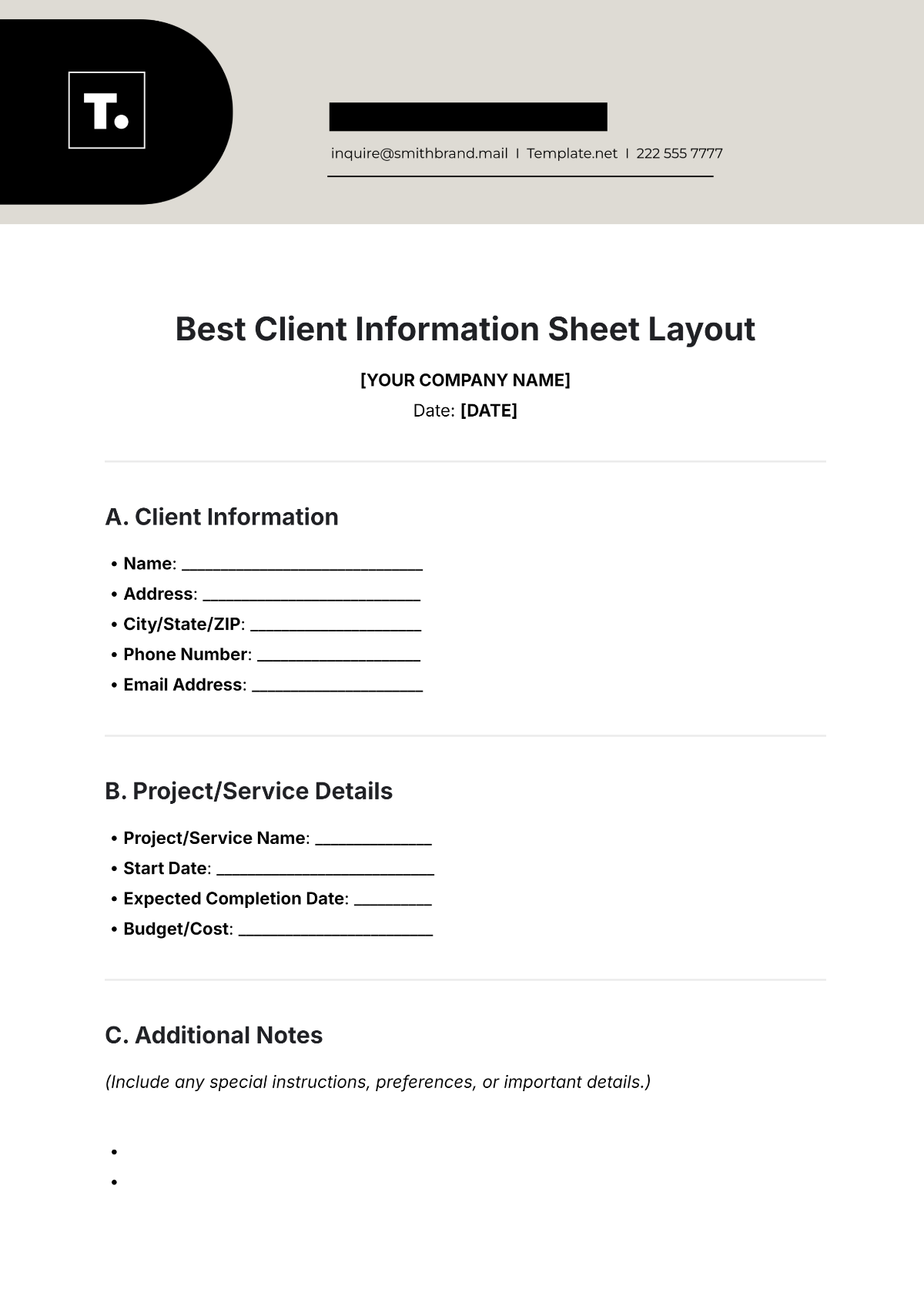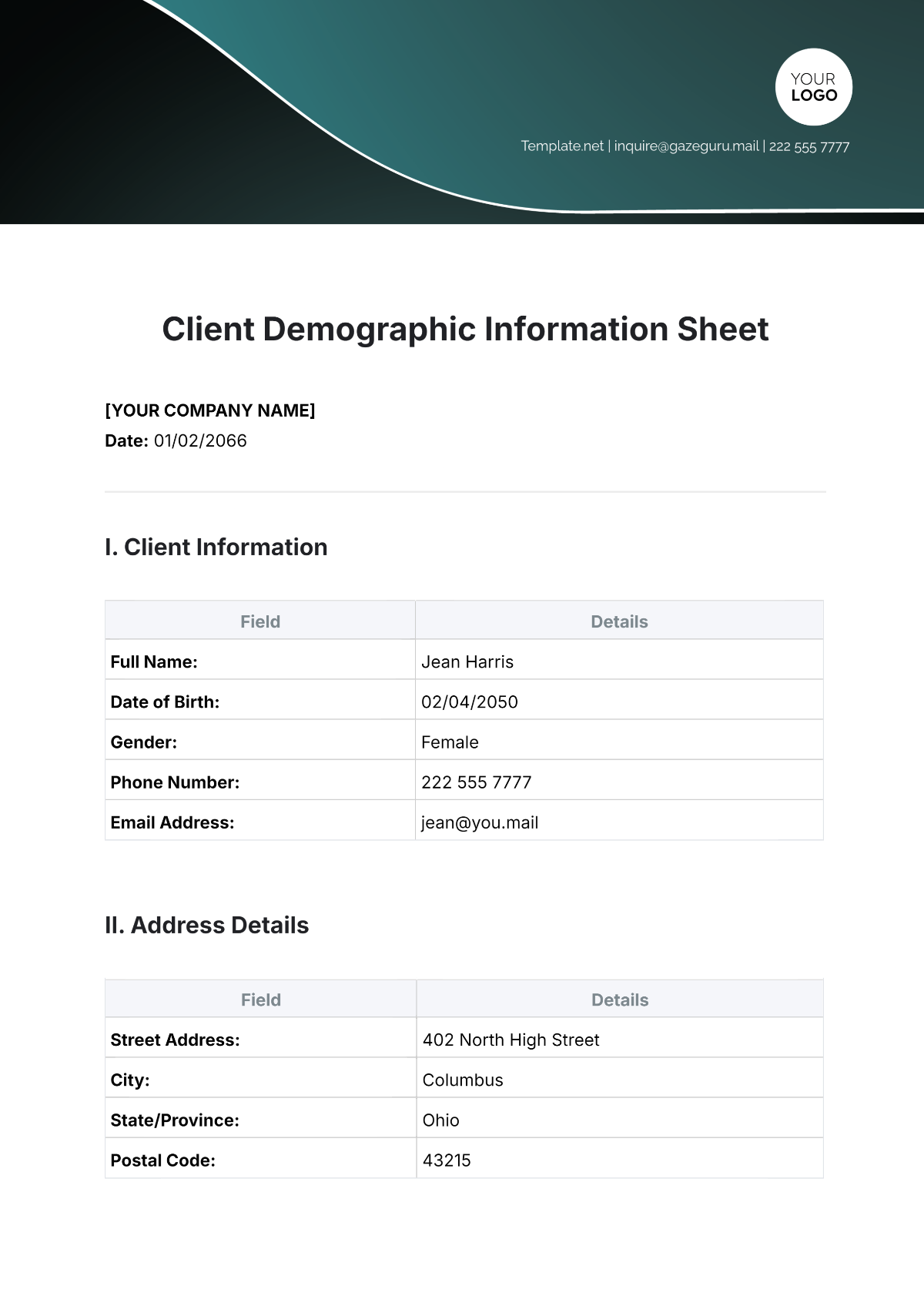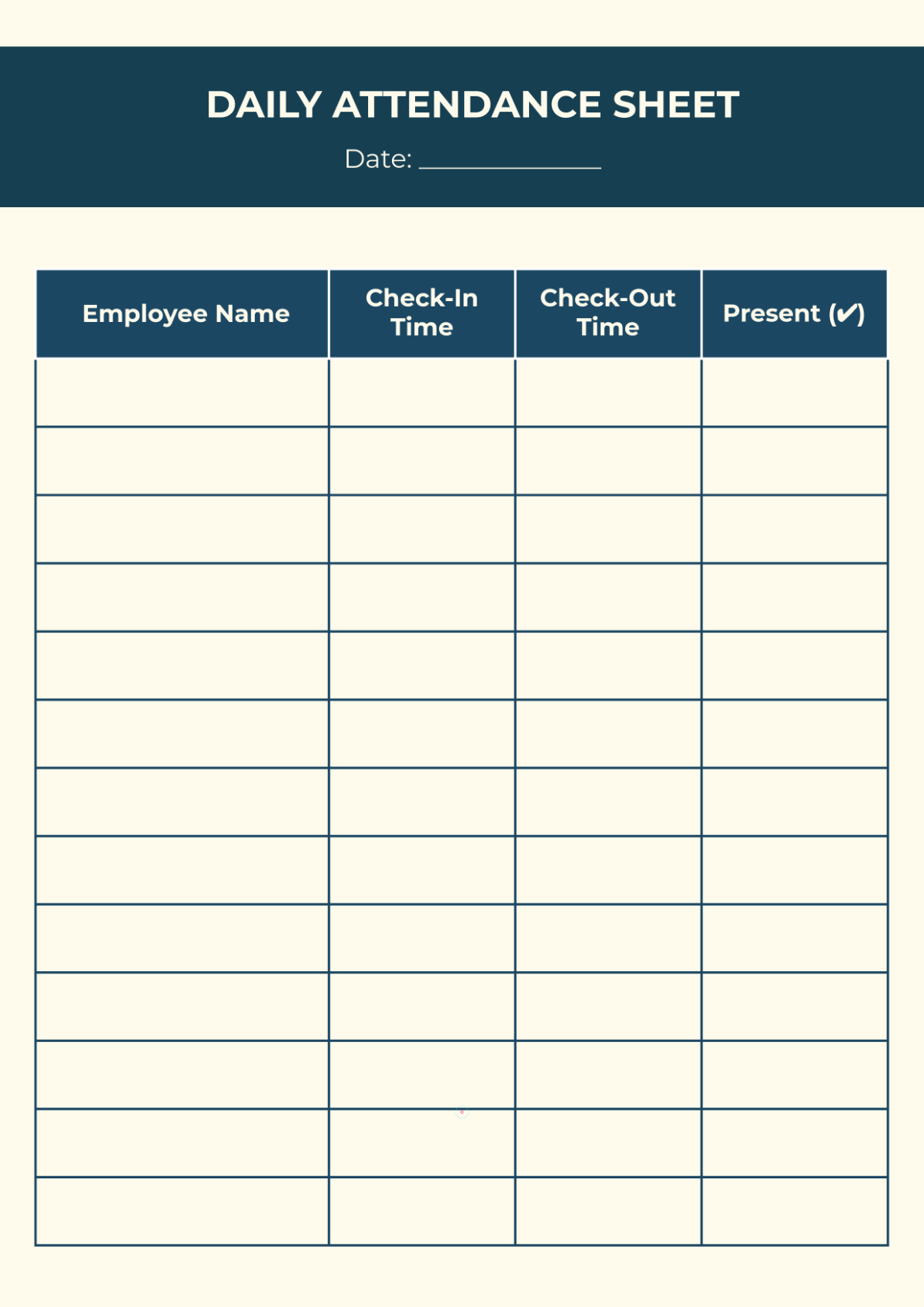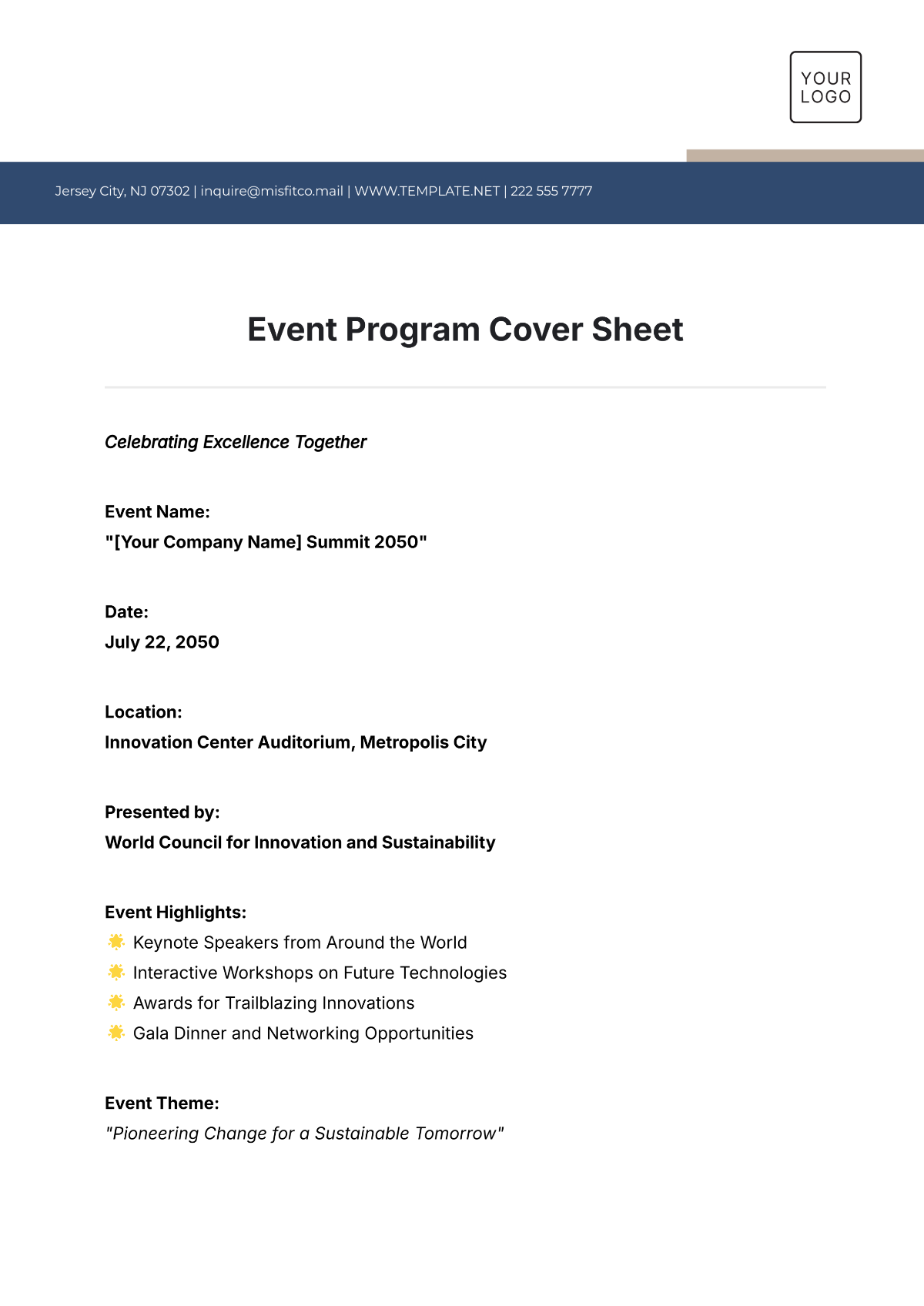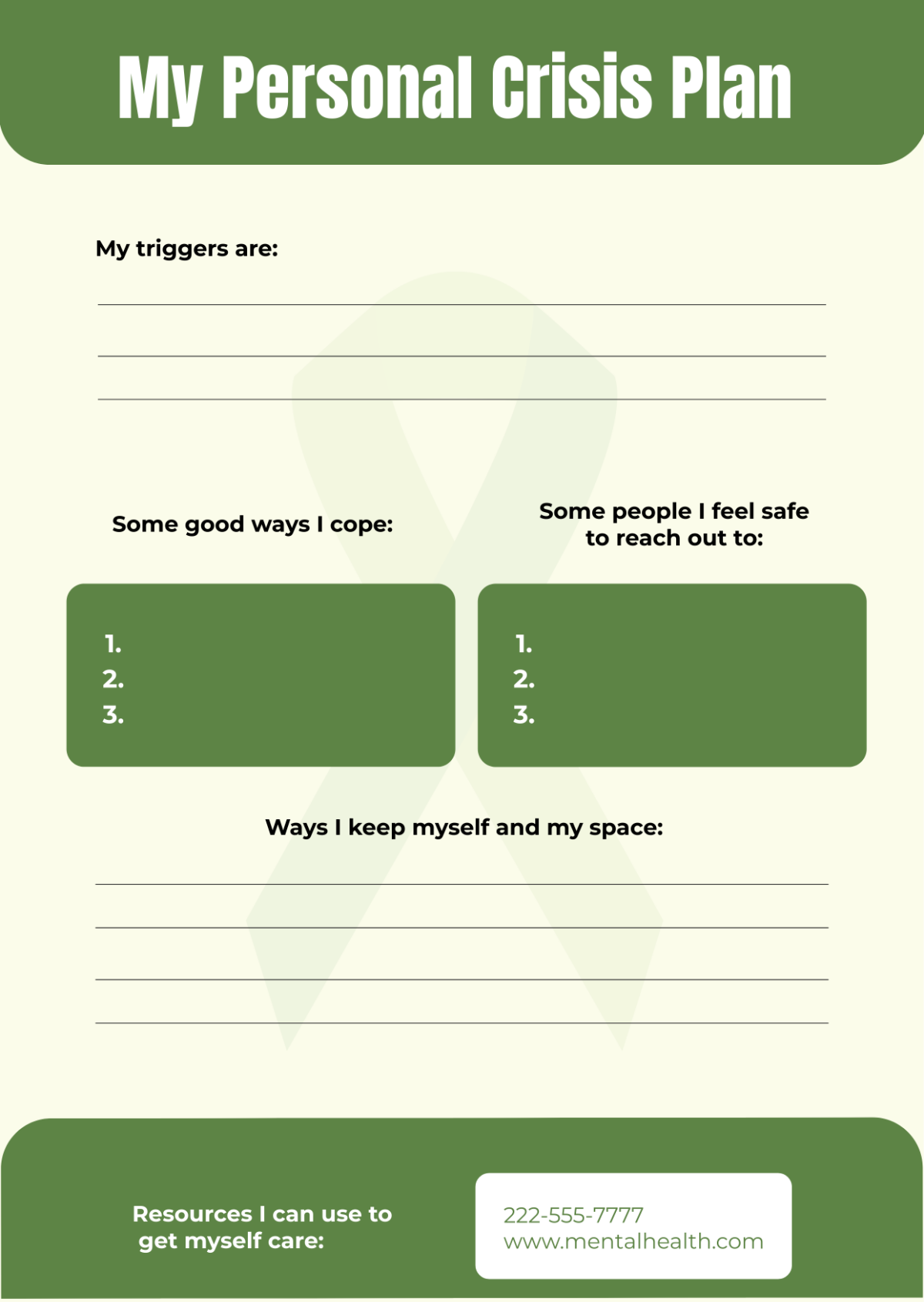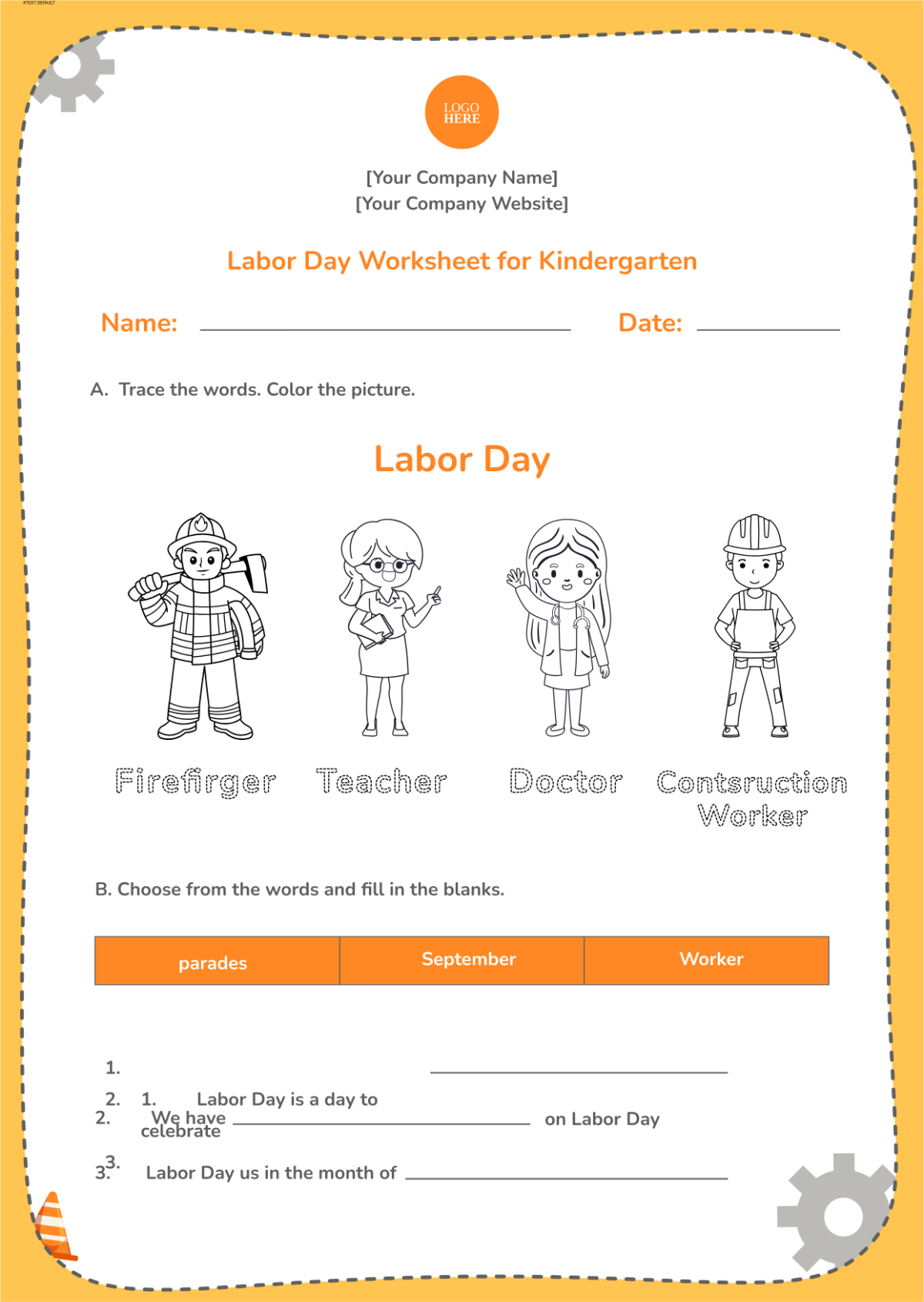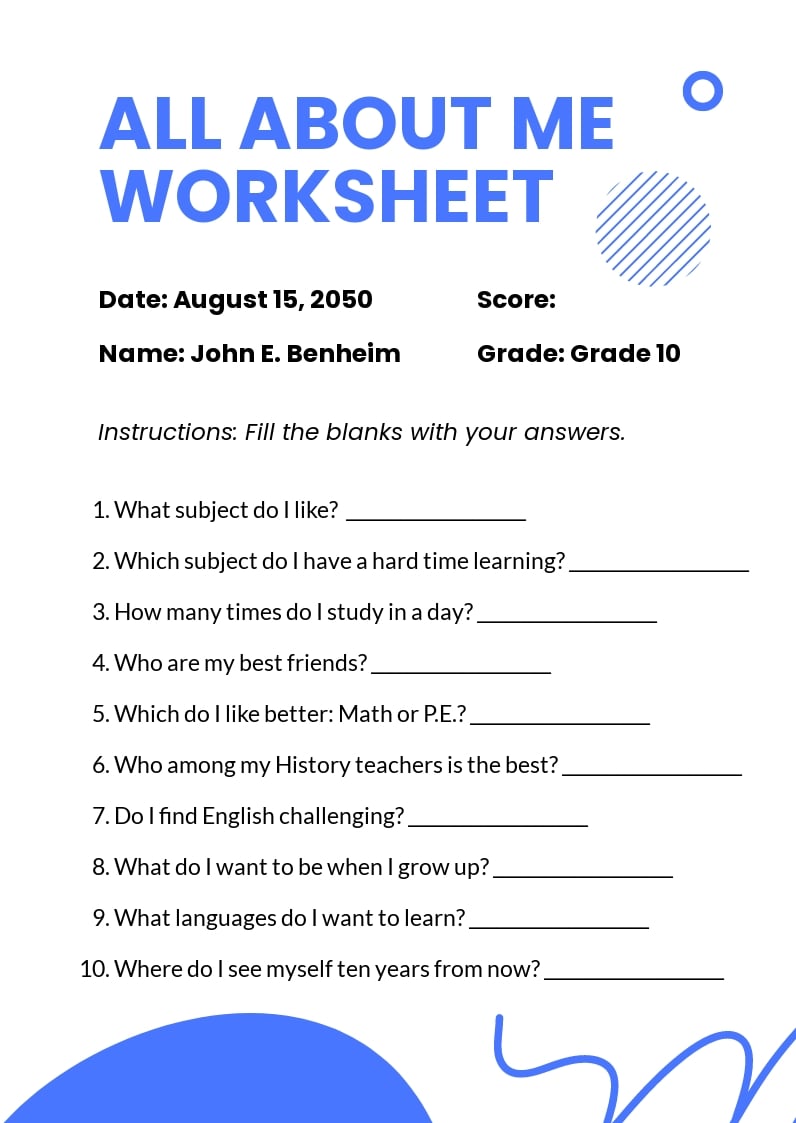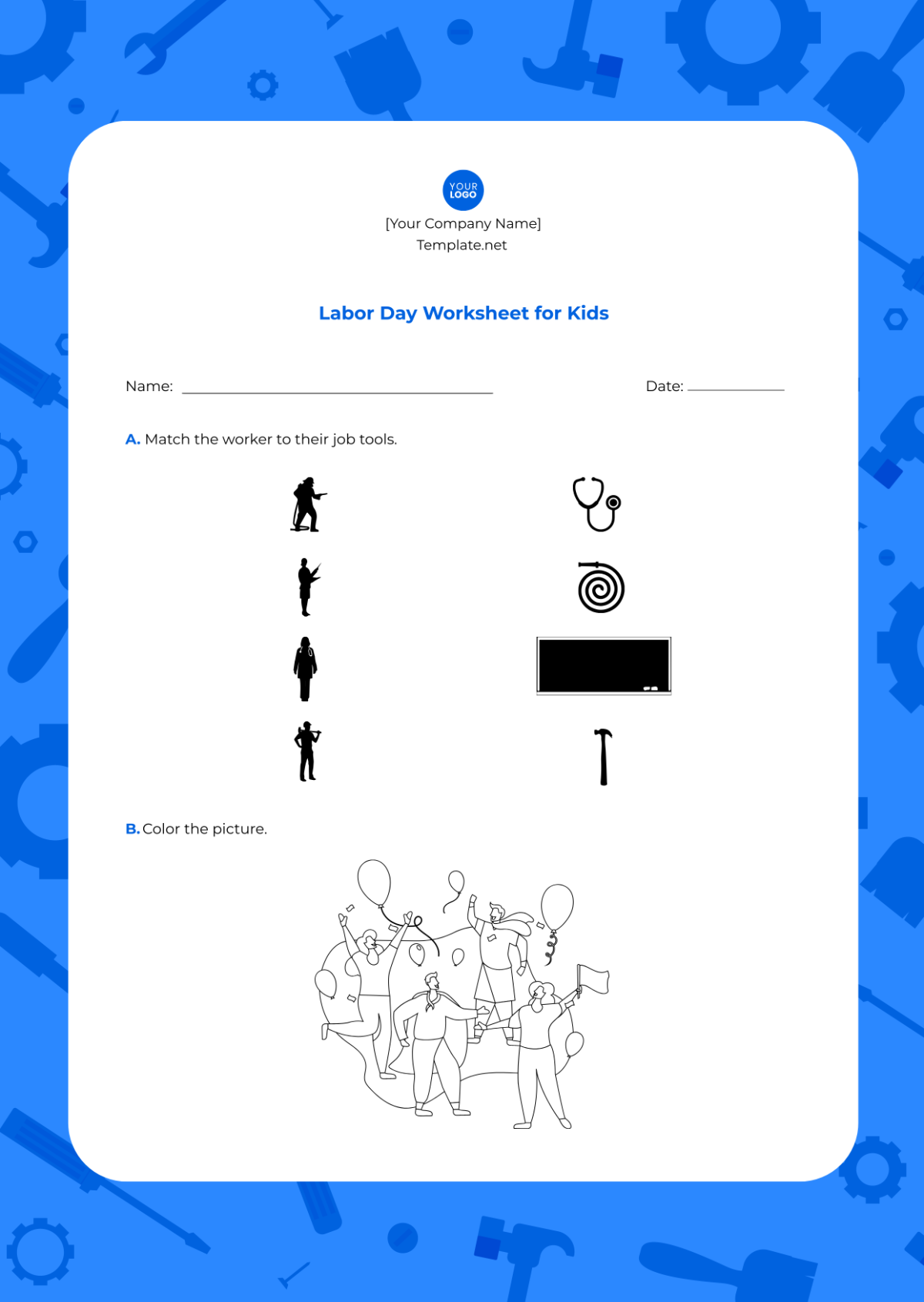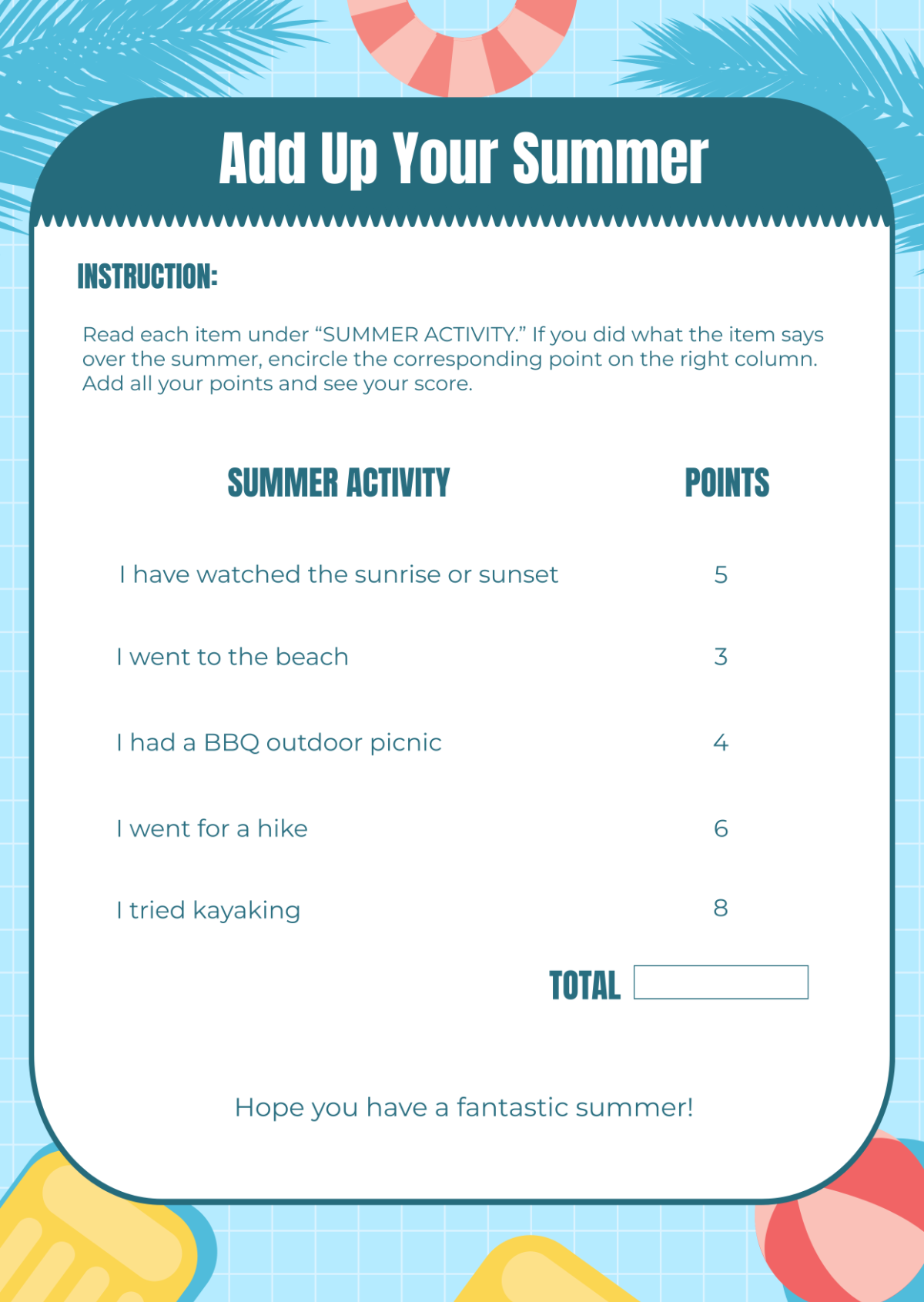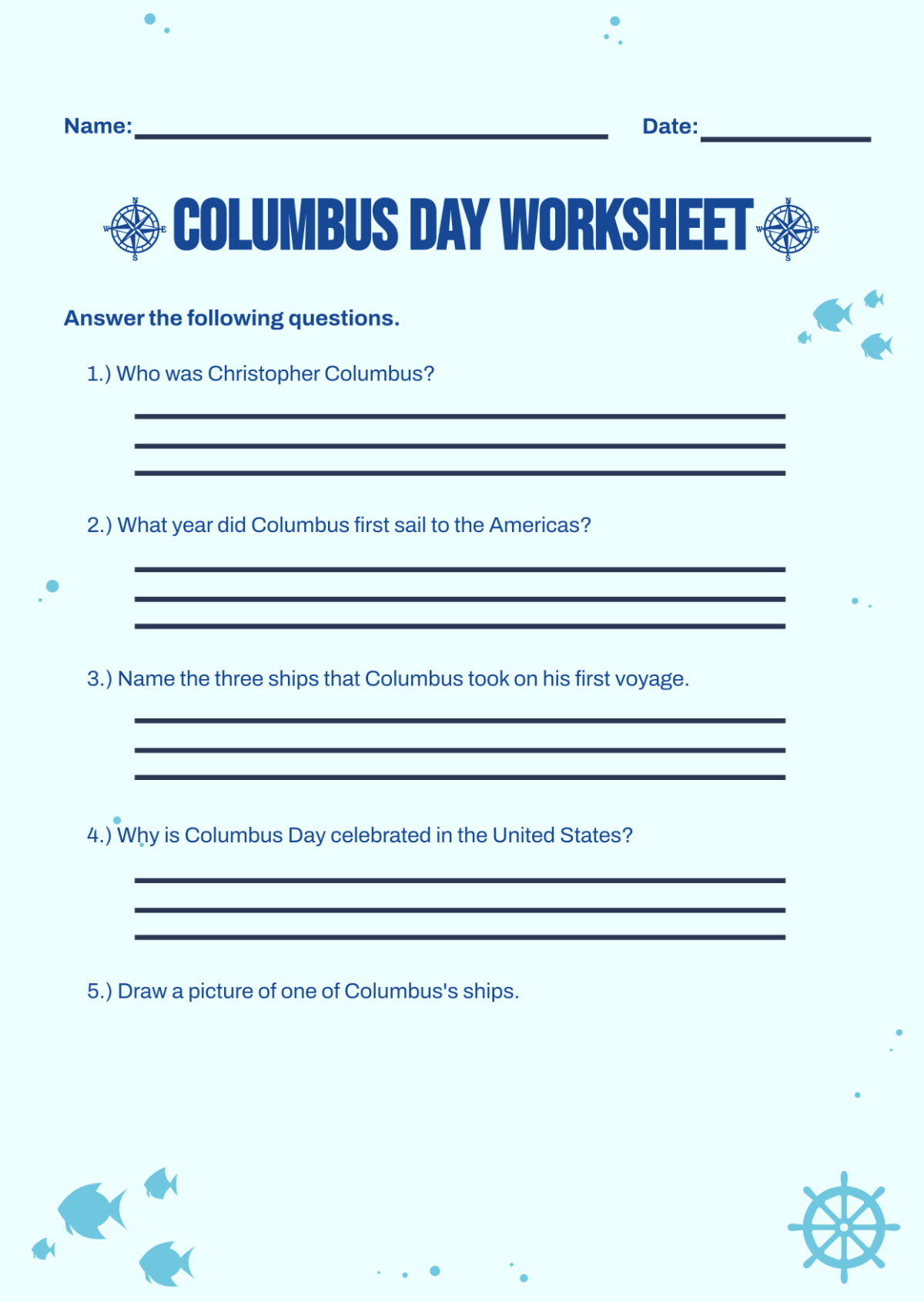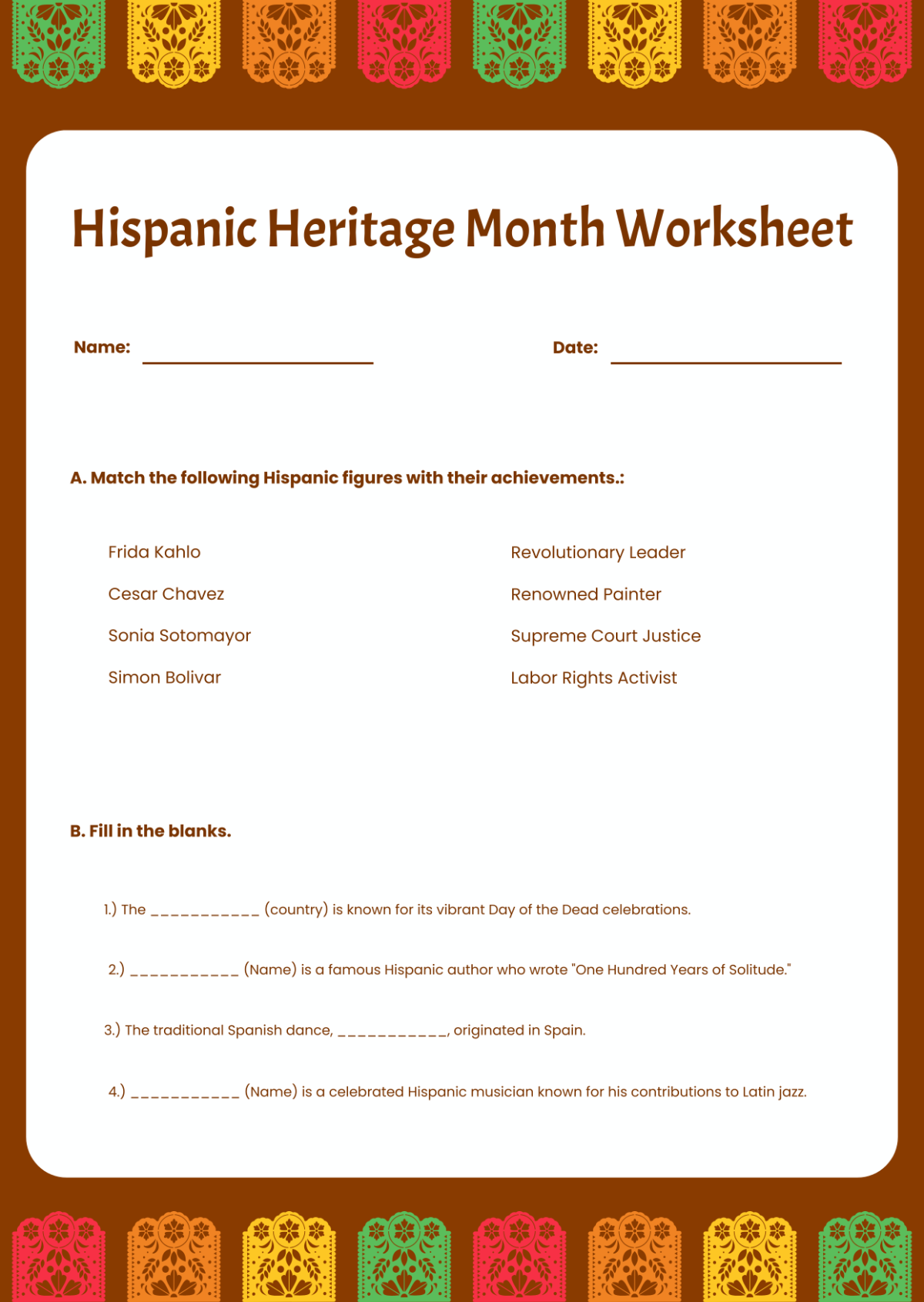Bring your Projects to Life with Sheet Templates from Template.net
Keep your business organized, elevate your productivity, and simplify your workflow with our Sheet Templates from Template.net. Perfect for business professionals, educators, and personal project planners, these templates enable you to create attractive and efficient spreadsheets with ease. Whether you need to track business expenses or plan an event, our templates come with built-in calculations, customizable fields, and predefined formats. Each template includes comprehensive instructions on how you can best use it to fit your needs, saving you time and energy. No advanced spreadsheet skills are required, and with expertly designed templates, you get professional-level quality for free. Enjoy customizable layouts for print or digital use, catering to a variety of channels with just a simple download.
Discover the many sheet templates we have on hand, ranging from financial planners to academic charts. Begin by selecting a template that suits your purpose, then effortlessly integrate your data by swapping in custom assets. Change the color schemes and fonts to match your brand, or make your sheets more eye-catching. Enhance your projects with advanced touches, like adding drag-and-drop icons, graphics, or employing AI-powered text suggestions for smarter presentation. There is a world of possibilities, all achievable without any technical expertise. Our library of templates is regularly updated to include fresh designs, ensuring that you always have access to the latest styles. When you're finished, seamlessly download your completed sheet or share it via direct email, export, or print, ensuring your work fits any distribution method you'd like.

